Scientists We’re Inspired By
As humans, we are always curious about the world around us, and science is one of the ways we try to make sense of it. Many individuals throughout history have made groundbreaking discoveries, pushed the boundaries of what was once thought possible, and inspired future generations to continue exploring and innovating.
In this section, we delve into some of the most influential and inspiring figures in the scientific community, exploring their achievements, contributions, and impact on the world we live in today. Whether you're a science enthusiast, a student, or simply curious about the people who have shaped our understanding of the universe, this section is for you. So, dive in and explore the incredible stories of the scientists who have inspired us throughout history!
Isaac Newton
Was an English mathematician, physicist, astronomer, theologian, and author who is widely recognized as one of the most influential scientists of all time, and a key figure in the scientific revolution.
He was a self-described "natural philosopher" known for his universal gravitation in the laws of motion. He is also credited with contributions to the field of optics and calculus. He encouraged his students to pursue their observations and explore options.
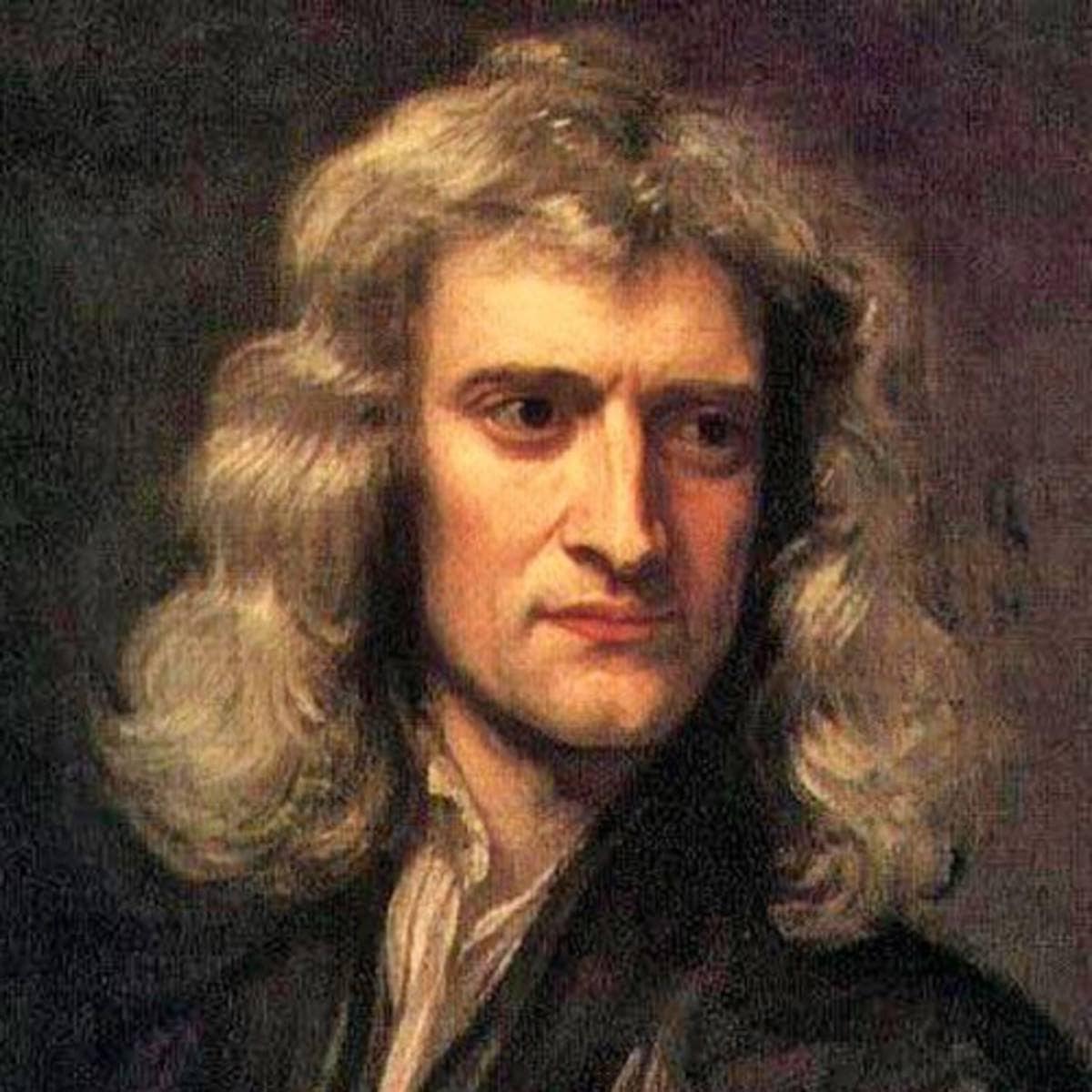
Source: biography.com
Gabrielle-Emilie Le Tonnelier de Breteuil du Chatelet
Was a French natural philosopher, mathematician, physicist, and author. Her most recognized achievement is her translation of and commentary on Isaac Newton's 1687 book Principia containing basic laws of physics. The translation, published after her death in 1759, is still considered the standard today. Her profound contribution to Newtonian mechanics—the postulate of an additional conservation law for total energy, of which kinetic energy of motion is one element. This led to her conceptualization of energy and to derive its quantitative relationships to the mass and velocity of an object.
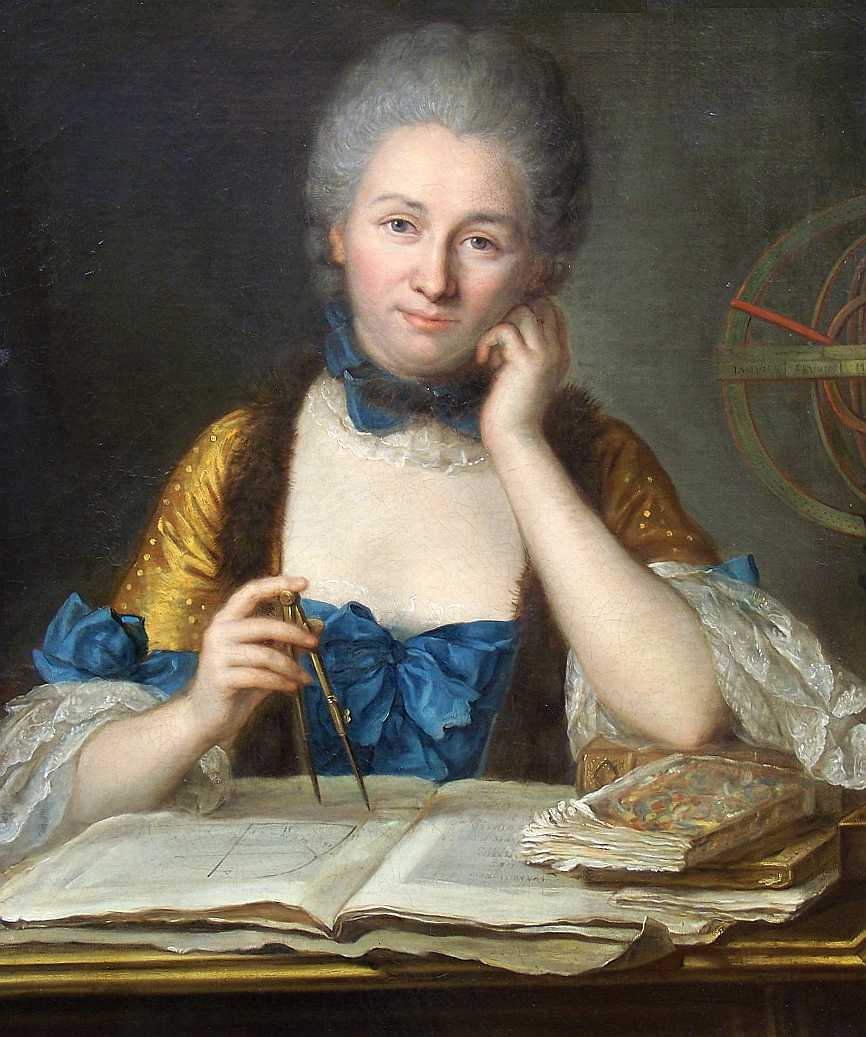
Source: en.wikipedia.org
Albert Einstein
Is perhaps the most famous scientist in modern European history. He was a German-born theoretical physicist who developed the theory of relativity, one of the two pillars of modern physics.
He is best known to the general public for his mass–energy equivalence formula E = MC2. His Theory of Relativity replaced Newtonian physics as the core theory of science. He also is credited with the discovery of the "photoelectric effect," a precursor to the current strain of quantum theory.
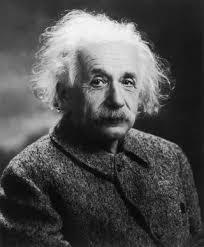
Source: space.com
Mileva Marić Einstein
Is rarely mentioned outside of science books but is now being credited with equal contributions of the Theory of Relativity. Mileva received the same mathematics and physic education, with higher grades than Albert, although she was prevented from obtaining a diploma because of being a Jewish woman. Letters from Albert to Mileva showed he credited her with keeping him focused and interpreting many scientific theories for Albert to understand. The European scientific community rejected all research with Mileva’s name on it but accepted it when Albert’s name was listed alone.
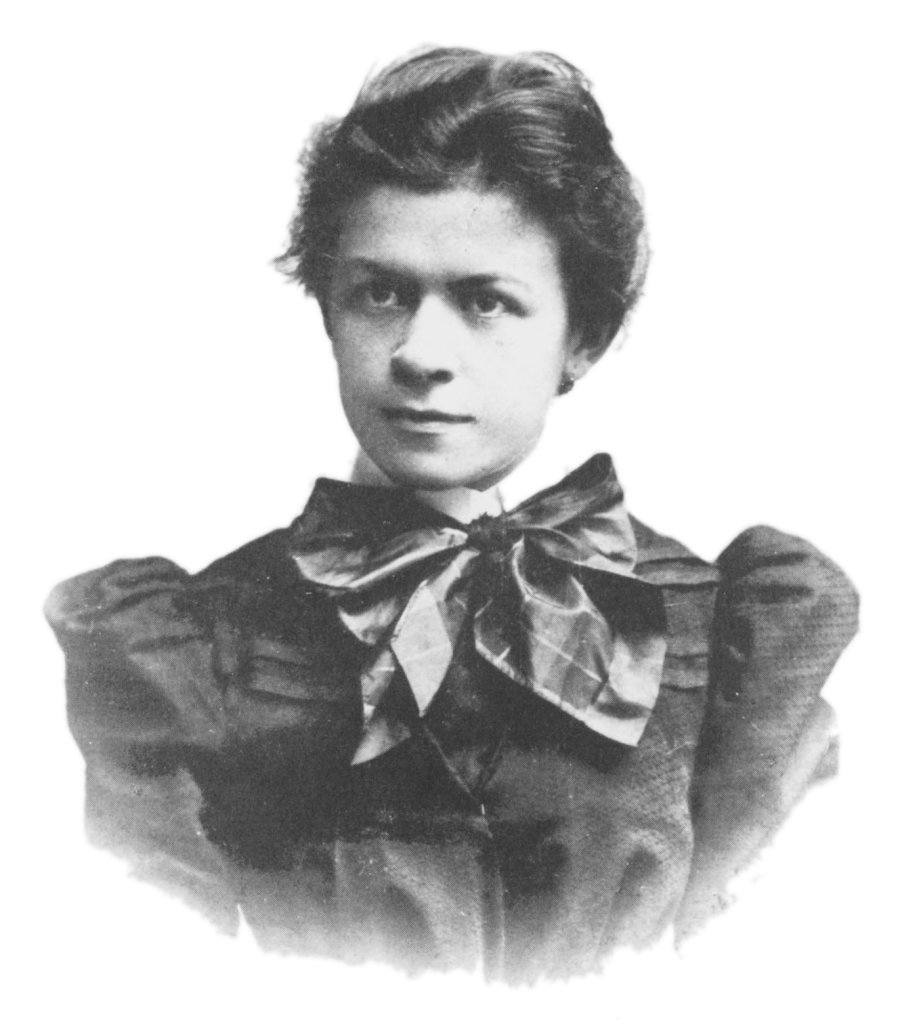
Source: en.wikipedia.org
Emmy Noether
was a Jewish-German mathematician who made important contributions to abstract algebra and theoretical physics. She was described by her contemporaries Pavel Alexandrov, Albert Einstein, Jean Dieudonné, Hermann Weyl and Norbert Wiener as "the most important woman in the history of mathematics."
As a leading mathematicians of her time, she developed the theories of rings, fields, and algebras. In physics, Noether's theorem explains the connection between symmetry and conservation laws. Her calculations helped the Einsteins formulate his general theory of relativity.
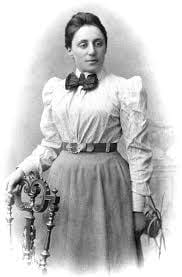
Source: en.wikipedia.org
Neils Bohr
Was a Danish physicist who made profound contributions to understanding atomic structure and quantum theory. He received the Nobel Prize in Physics in 1922 for his work in this area. Bohr was also a philosopher and a promoter of scientific research.
He created the theories that were precursors to the theory of relativity. His Principle of Complementarity allowed light to be analyzed as particles and waves at the same time. The Bohr Model of the atom help provides the basis of understanding how electrons behaved. He founded the Institute of Theoretical Physics at the University of Copenhagen.
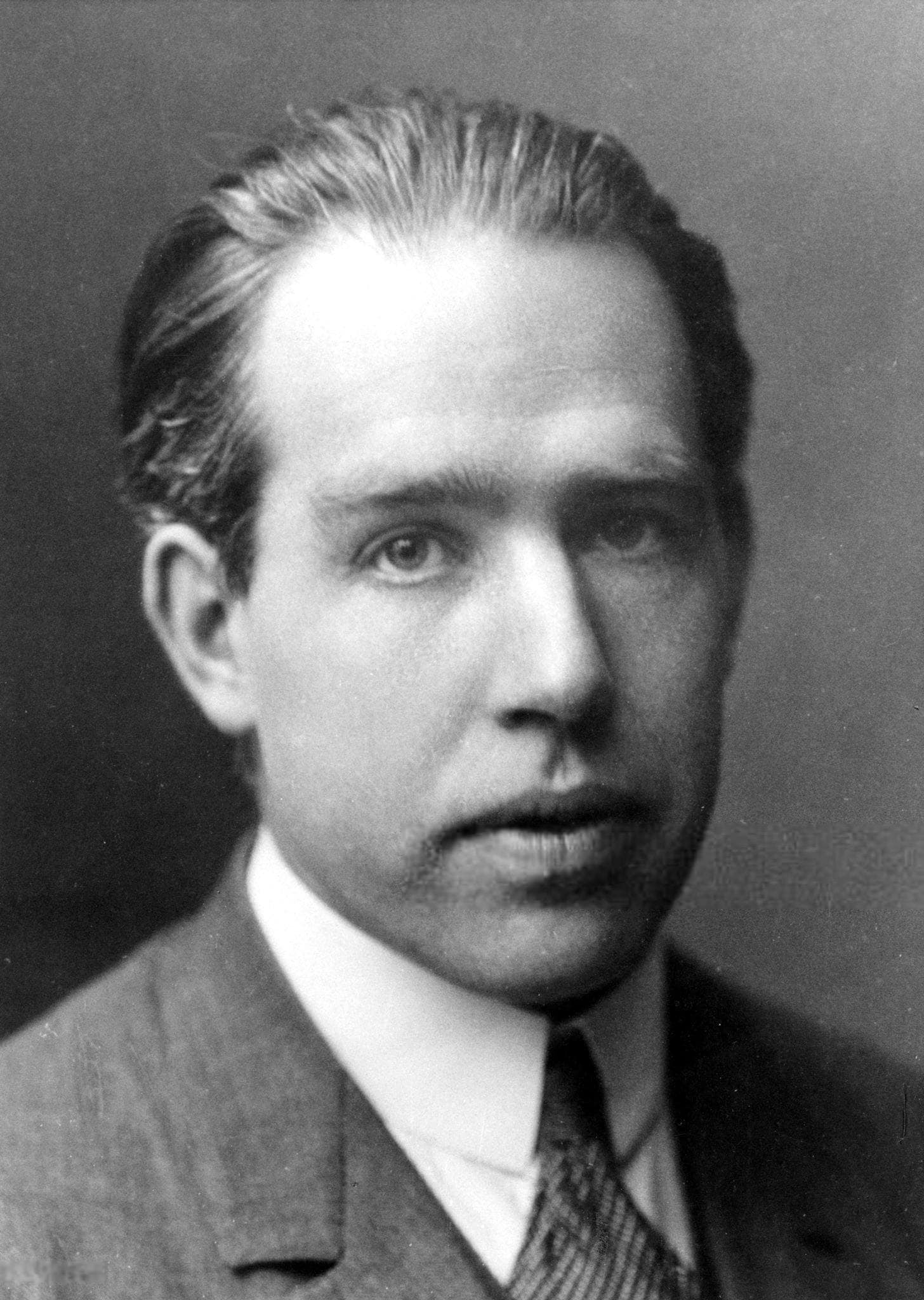
Source: en.wikipedia.org
Lene Vestergaard Hau
is a Danish physicist that succeeded in slowing a beam of light to about 17 meters per second, and, in 2001, was able to stop a beam completely. Her later work based on these experiments led to the transfer of light to matter, then from matter back into light, a process with profound implications for quantum encryption and quantum computing.
Her experiments are paving the way for quantum information exchange and the possibility of faster than light travel.
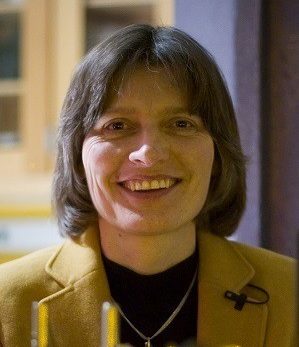
Source: Justin Ide
Jane Goodall
Is the most famous primate scientist and renowned for her work with chimpanzees.
She is a champion of animal rights, often found in the forests with the animals she so loved. Goodall is one of the few women who went into the forests to study the animals, gaining their trust to study them in their natural habitat.
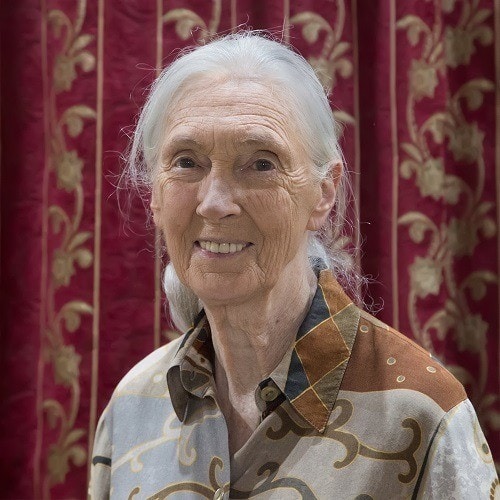
Source: en.wikipedia.org
Charles Darwin
Was an English naturalist, geologist and biologist. He is best known for his contributions to the science in the area of evolution. His proposition that all species of life have descended over time from common ancestors is now widely accepted, and considered a foundational concept in science. His book "On the Origin of Species", which includes the theories of "branching pattern" and "natural selection" helped usher in a new line of thinking about plants and animals and the human’s place in the world.

Source: biography.com
Frieda Robscheit-Robbins
Was a German-born American pathologist who worked closely with George Hoyt Whipple, conducting research into the use of liver tissue in treatment of pernicious anaemia. This led to a treatment for pernicious anemia with liver, and then iron supplementation in humans. Whipple received a Nobel Prize in 1934 in recognition of this work, but Robscheit-Robbins was not recognized in this award, although Whipple did share the prize money with her. Had she won the Nobel Prize alongside Whipple, Robscheit-Robbins would have been the second woman after Marie Curie to win the prestigious international award, and the first American woman to do so.
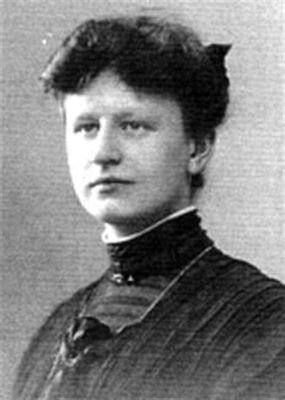
Source: twitter.com
Louis Pasteur
Is known for the process of pasteurization was a microbiologist who also contributed to the understanding of microbial fermentation and vaccination.
He created the first vaccines used for anthrax and rabies. He used the germ theory of disease as one of the founders of bacteriology, and he was able to disprove the fallacious notion of spontaneous generation.
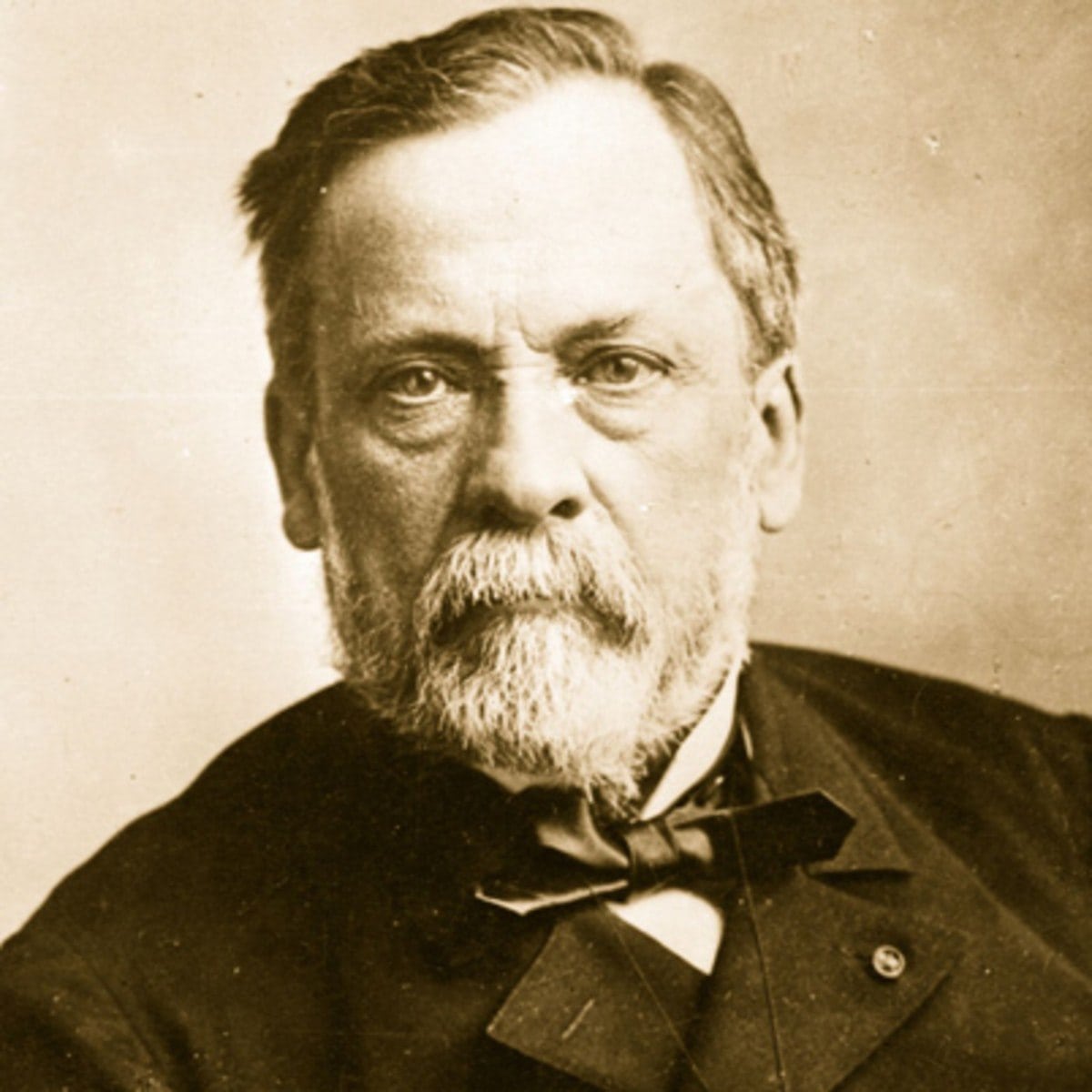
Source: biography.com
Sigmund Freud
Was an Austrian neurologist and the founder of psychoanalysis. A method for treating psychopathology through dialogue between a patient and a psychoanalyst. He developed therapeutic techniques, (free association and discovered transference). He redefined sexuality to include its infantile forms; which resulted in the formulation of the Oedipus complex. His analysis of dreams resulted in models for the clinical analysis of symptom formation and the underlying mechanisms of repression. On this basis Freud elaborated his theory of the unconscious and went on to develop a model of psychic structure comprising id, ego and super-ego.
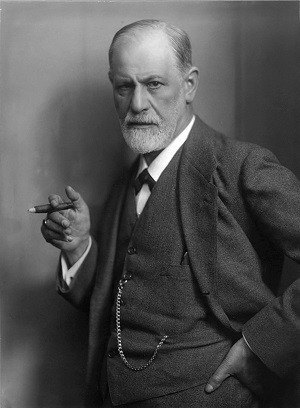
Source: en.wikipedia.org
Galileo Galilei
Was respected as a philosopher, physicist, astronomer, engineer, and mathematician.
He first studied the theory of relativity, projectile motion, gravity, and other concepts before they were solidified as mainstream science by other famous scientists such as Isaac Newton and Albert Einstein.
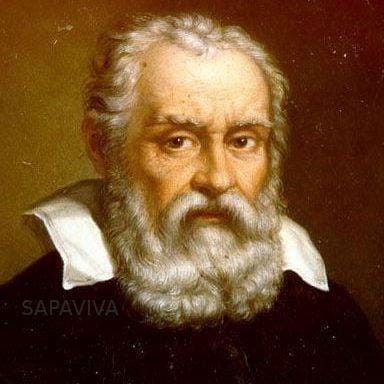
Source: sapaviva.com
Hilde Mangold
Was a German embryologist who was best known for the discovery of the Organizer Effect, which directed the development of embryonic cells into tissues and organs. Hans Spemann's leveraged her findings as the basis of his work and in 1935 won the Nobel Prize in Physiology / Medicine for the discovery of the embryonic organizer. It is one of the very few doctoral theses in biology that was awarded a Nobel Prize.
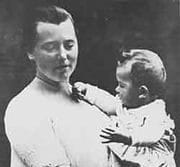
Source: en.wikipedia.org
Antoine Laurent Lavoisier
Is credited as the "father of modern chemistry." He was a French nobleman and chemist who was a central figure in the 18th-century chemical revolution. He had a large influence on both the history of chemistry and biology.
Lavoisier first isolated hydrogen and oxygen, named them, and discovered how oxygen causes combustion.
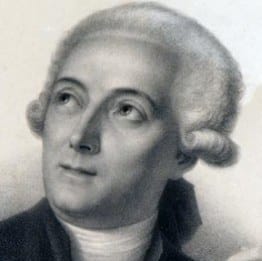
Source: sciencehistory.org
Johannes Kepler
Was a German astronomer, mathematician and astrologer. He is a key figure in the 17th century scientific revolution. He developed the laws of planetary motion, and outlined his findings in his books Astronomia nova, Harmonices Mundi, and Epitome Astronomiae Copernicanae.
This body of work provided one of the foundations for Newton's theory of universal gravitation. Called "celestial physics," he made the distinction between astrology and astronomy.
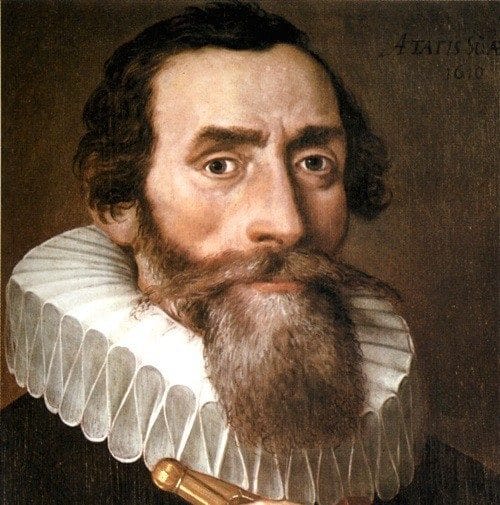
Source: en.wikipedia.org
Nicolaus Copernicus
His writings were an essential part of the Scientific Revolution, and he also created many economic theories that are still in practice to this day. His key concepts include the quantity theory of money and Gresham's Law.
His writings were an essential part of the Scientific Revolution, and he also created many economic theories that are still in practice to this day. His key concepts include the quantity theory of money and Gresham's Law.
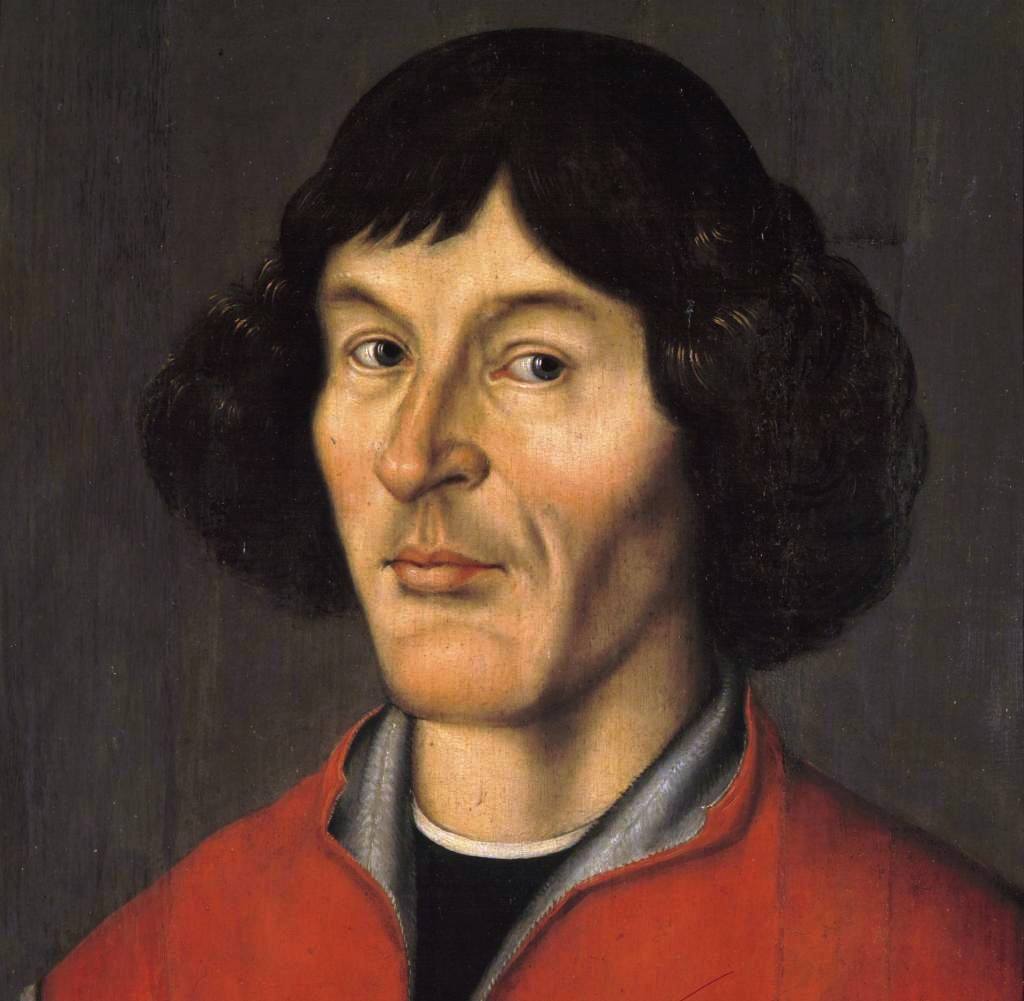
Source: en.wikipedia.org
Michael Faraday
Was one of the most influential scientists in history. He contributed to the study of electrochemistry and electromagnetism although he was not a well formally educated man. He research on the magnetic field on a conductor carrying a direct current established the basis for the concept of the electromagnetic field in physics. He also established that magnetism could affect rays of light and that there was an underlying relationship between the two phenomena.
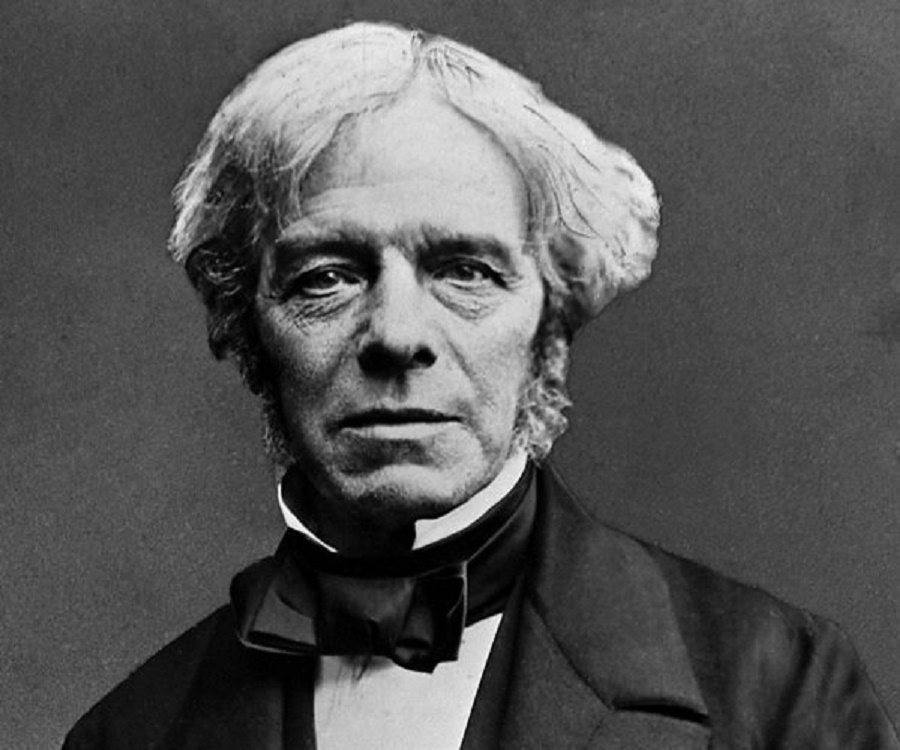
Source: thefamouspeople.com
James Clerk Maxwell
The father of the theory of electromagnetic radiation, combines the concepts of magnetism, electricity, and light together. It stands second only to Newton's unification theory of physics. His work on electro-magnetism has been called the "second great unification in physics after the first one presented by Isaac Newton.
His publication of "A Dynamical Theory of the Electromagnetic Field" in 1865, he demonstrated that electric and magnetic fields travel through space as waves moving at the speed of light
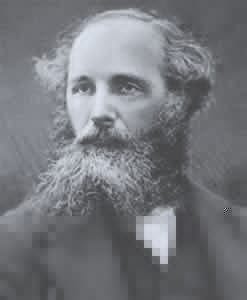
Source: physicsworld.com
Claude Bernard
Has been honored by Harvard University as "one of the greatest of all men of science." His accomplishments include the suggestion of blind experimentation to create more objectivity during scientific observations.
He is most famous for uncovering the glycogenic function of the liver; his research resulted in identifying the causation of diabetes mellitus, and that the liver, in addition to secreting bile, is the foundation of an internal secretion, by which it prepares sugar at the expense of the elements of the blood passing through it.
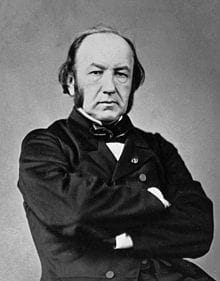
Source: en.wikipedia.org
Werner Heisenberg
Published his most famous works with other breakthrough scientists of the era, including Pascual Jordan and Max Born.
The principle that bears his name, the Heisenberg uncertainty principle, is still an essential concept in quantum mechanics and dimensionality science. He was the recipient of the Nobel Prize in Physics for the year 1932 for the discovery of quantum mechanics.
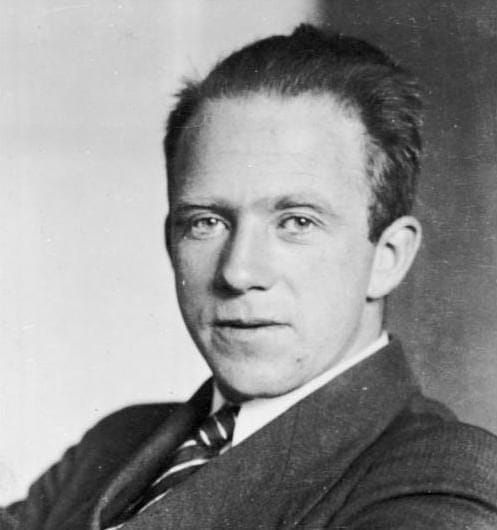
Source: en.wikipedia.org
Katherine Freese
Studies dark matter and “dark stars,” something that has never been observed directly by a human. She has the distinction of being the second woman in history to graduate from Princeton for physics, has a Ph.D. in theoretical physics, and several honorary doctorates for her work. More importantly than her studies in physics, she also is one of the leaders of the scientific world, being on the board of directors or advisory boards of over 15 different organizations that shape the direction of modern science.
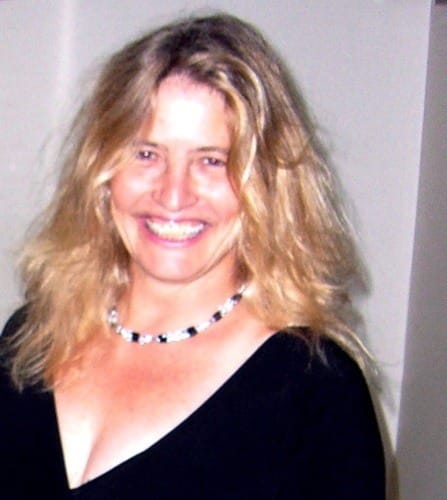
Source: en.wikipedia.org
Vera Rubin
Was an American astronomer who pioneered research on galaxy rotation rates. She uncovered the gap between the predicted angular motion of galaxies and their observed motion, by studying rotation curves. She proved that dark matter exists calculating invisible gravity sources pulled at planets and stars. She received the National Medal of Science in 1993. She was a prolific campaigner for women in science.

Source: spaceanswers.com
Linus Pauling
New Scientist called him one of the 20 greatest scientists of all time. He was awarded the Nobel Prize in Chemistry in 1954. For his peace activism, he was awarded the Nobel Peace Prize in 1962.
He is one of four individuals to have won more than one Nobel Prize (the others being Marie Curie, John Bardeen and Frederick Sanger). Of these, he is the only person to have been awarded two unshared Nobel Prizes, and one of two people to be awarded Nobel Prizes in different fields, the other being Marie Curie.
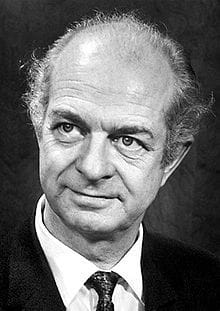
Source: en.wikipedia.org
Rudolf Virchow
Was a German physician, anthropologist, pathologist, prehistorian, writer, biologist, editor, and politician. He is known as "the father of modern pathology" and as the founder of social medicine.
He was a fierce advocate for public health. He studied the disciplines of anthropology, biology, prehistory and general medicine alongside being a pathologist. His work brings a more quantitative perspective to the field of medicine.
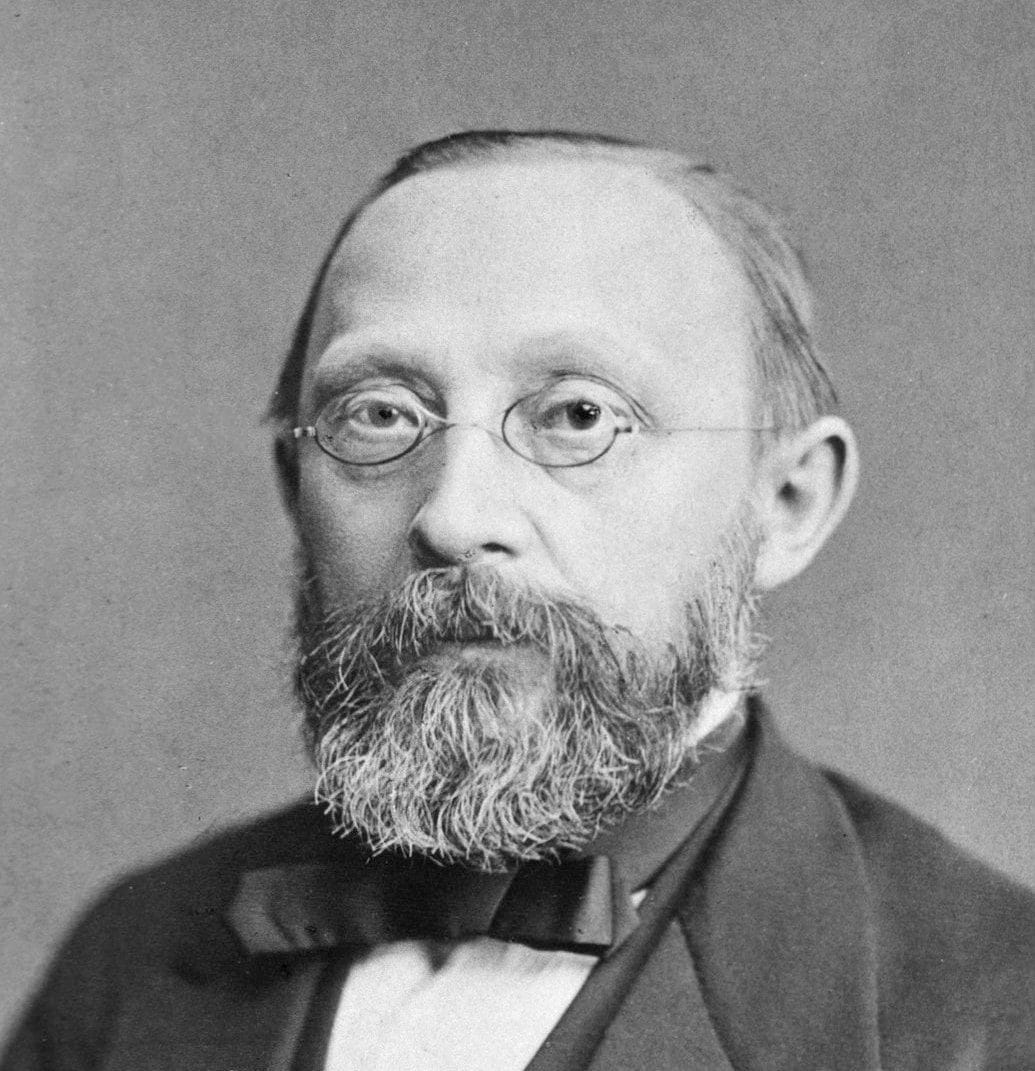
Source: en.wikipedia.org
Franz Boas
Is the "Father of American Anthropology." He parlayed his dual interest in geography and physics into a new discipline that combined work with unknown cultures in the Pacific Northwest with the discipline of anthropology.
His noted students included Margaret Mead, Alfred L. Kroeber, Manuel Gamio, Edward Sapir, Ruth Benedict, Zora Neale Hurston, Ella Deloria, and Anita Brenner.
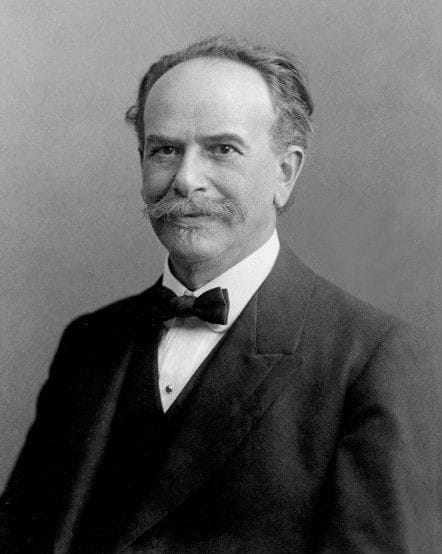
Source: en.wikipedia.org
Paul Dirac
Was an English theoretical physicist that was regarded as one of the most influential physicists of the 20th century. He made crucial contributions to the early development of both quantum mechanics and quantum electrodynamics.
He formulated the Dirac equation which describes the behavior of fermions and predicted the existence of antimatter. Dirac shared the 1933 Nobel Prize in Physics with Erwin Schrodinger for the discovery of new productive forms of atomic theory.
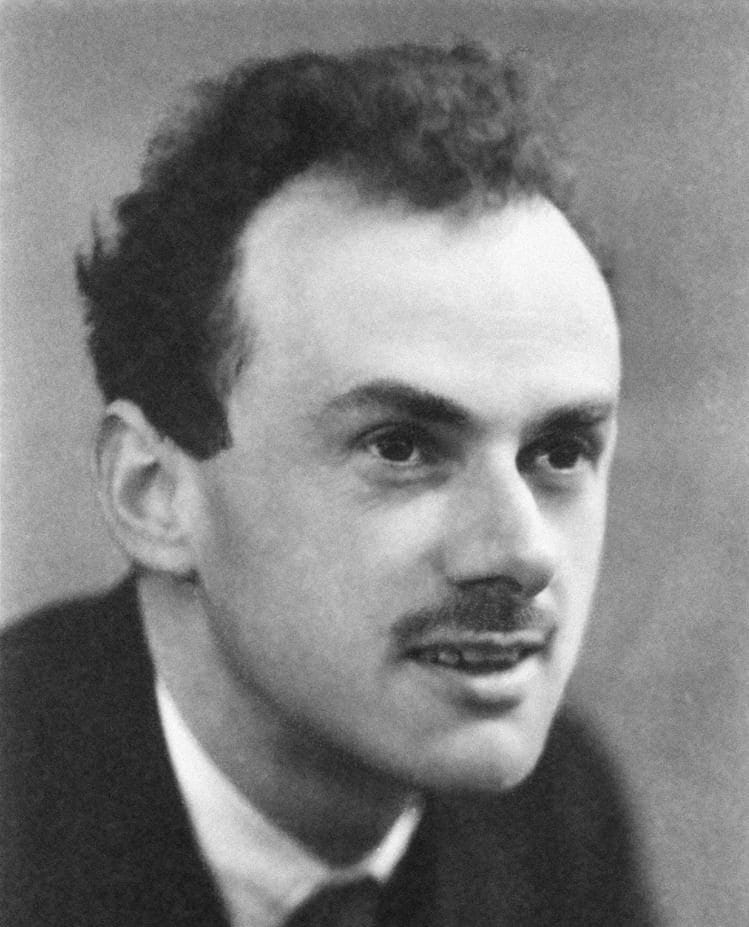
Source: en.wikipedia.org
Andreas Vesalius
Born in Brussels, Vesalius was a 16th-century Flemish anatomist, physician, and author of one of the most influential books on human anatomy, De humani corporis fabrica - On the Fabric of the Human Body. Vesalius eventually took a position in the imperial court, where he had to deal with other physicians who mocked him for being a mere barber surgeon instead of an academic working on the respected basis of theory. Vesalius is now referred to as the founder of modern human anatomy.
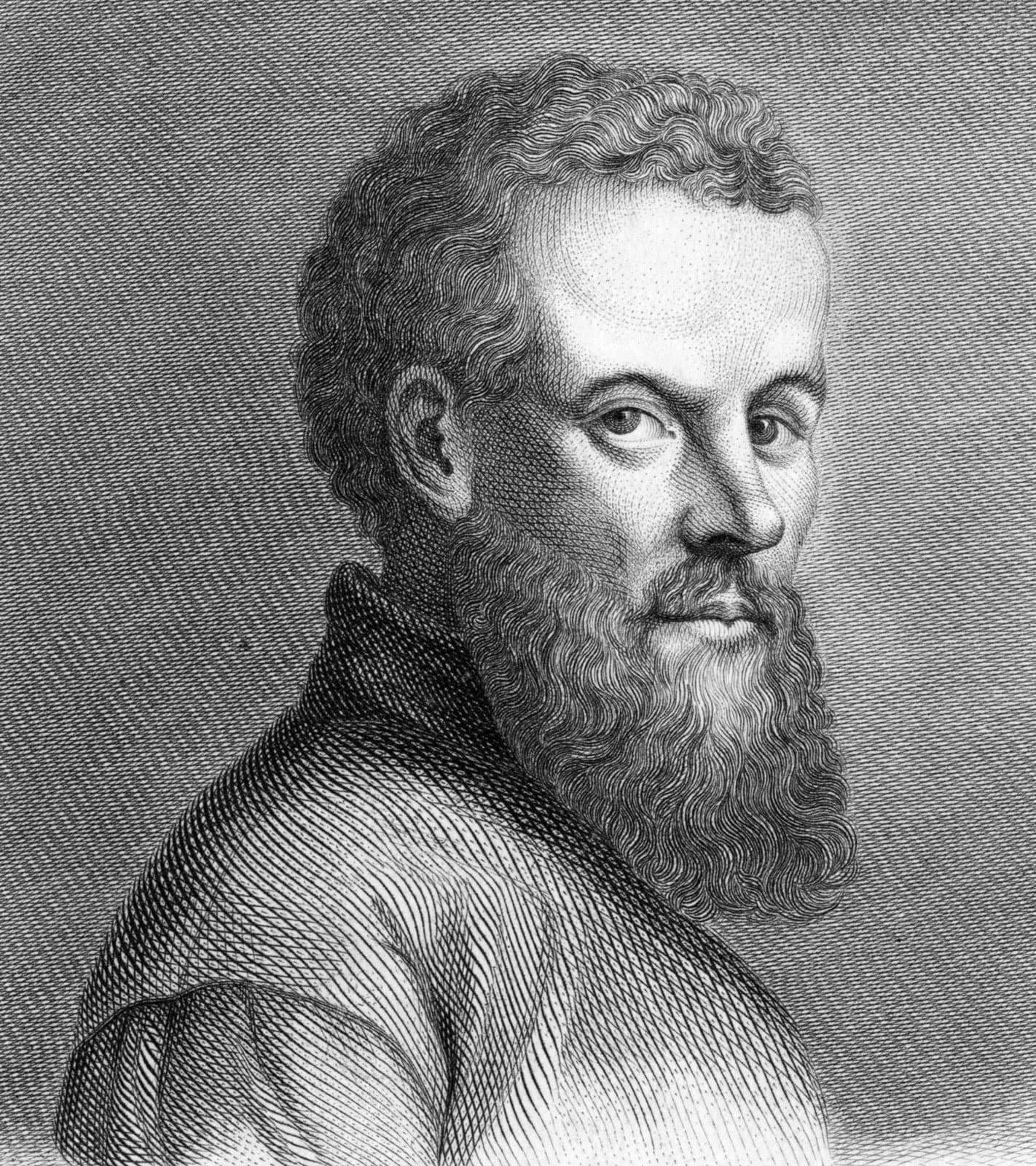
Source: britannica.com
Tycho Brahe
Was one of the first astronomers to accurately observe the planets of the Solar System. He was known for his strict adherence to empirical facts.
His Tychonic system combined Copernican system geometry and Ptolemaic system philosophy, which correctly predicted that the Moon is in orbit of earth and the planets in orbit of the sun.
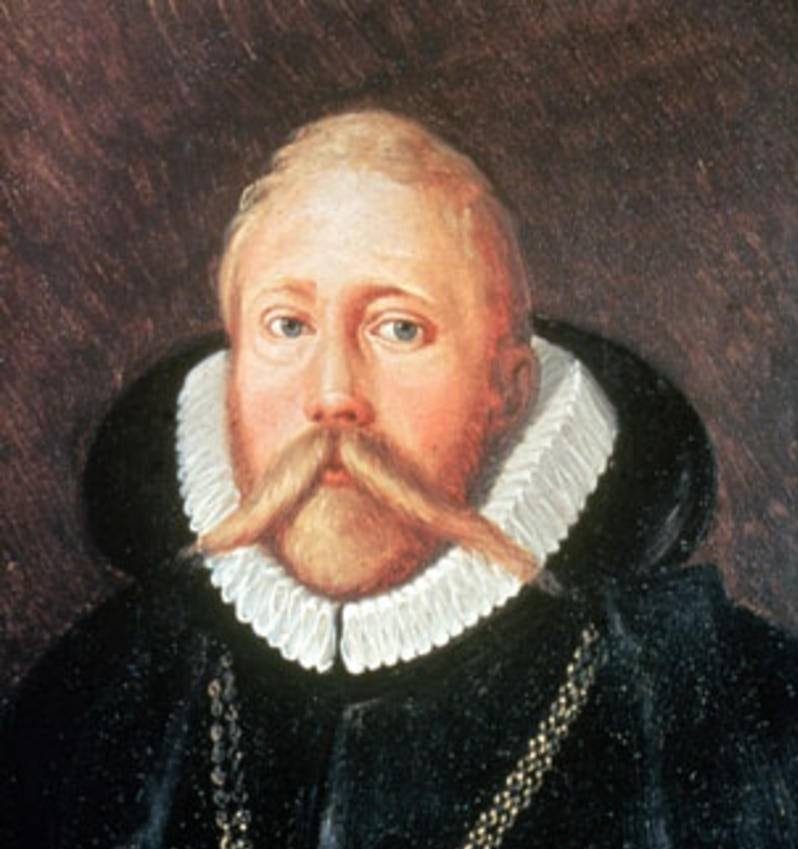
Source: en.wikipedia.org
Sara Seager
An astrophysicist and planetary scientist at MIT, discovered 715 planets in her time working with the Kepler Space Telescope, a remarkable contributor to the modern understanding of space.
She is the recipient of over seven awards in science in this decade and serves on the advisory council of various organizations.
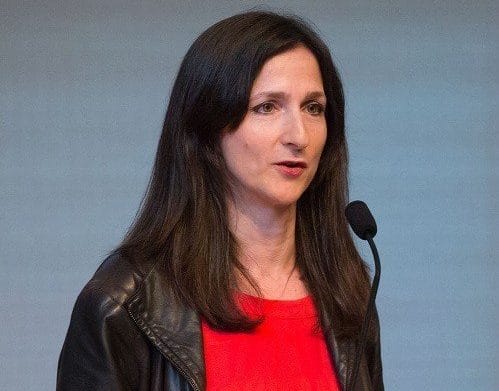
Source: en.wikipedia.org
Comte de Buffon
Studied naturalism, cosmology, and mathematics. He wrote works of naturalism that influenced great thinkers of subsequent generations, including Georges Cuvier and Jean-Baptiste Lamarck. During his lifetime, he amassed so much research that new works containing his findings continued to be published two decades after his death.
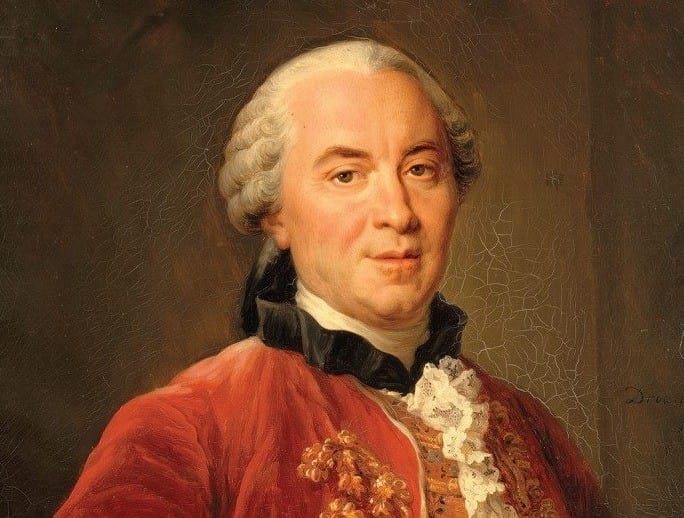
Source: crev.info
Ludwig Boltzmann
Combined the properties of atoms and matter into a single phenomenon, becoming the discipline of statistical mechanics.
He is also credited with the creation of the term "ergodic," referring to a system that has the same average behavior over time when also averaged over the system's holistic phase space states.
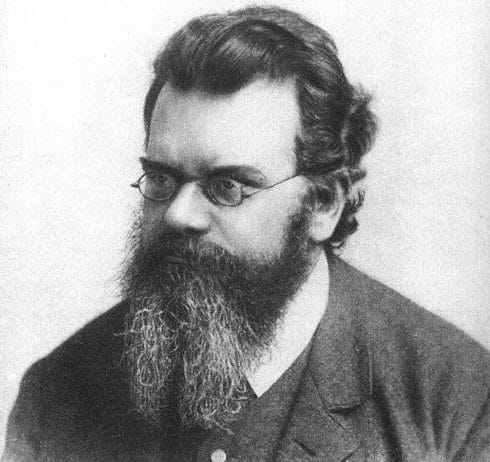
Source: en.wikipedia.org
Max Planck
was a German theoretical physicist and is Is credited with the discovery of energy quanta, which was so important to physics that it won him the Nobel Prize in Physics for 1918. He made many contributions to theoretical physics, but his fame as a physicist rests primarily on his role as the originator of quantum theory, which revolutionized human understanding of atomic and subatomic processes.
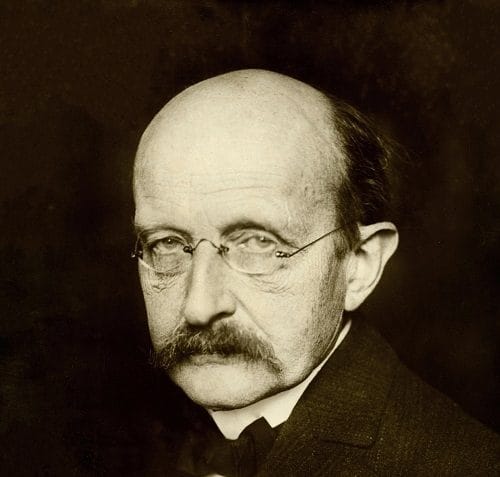
Source: en.wikipedia.org
Maria Goeppert Mayer
Was a German immigrant who studied at Johns Hopkins during the Great Depression, even when no university would employ her.
She eventually became a chemical physicist. She discovered the nuclear shell of the atomic nucleus, for which she won the Nobel Prize in 1963.
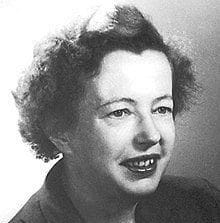
Source: en.wikipedia.org
Marie Curie
Is best known for her research into radioactivity. She is the only woman to win a Nobel Prize twice, although she shared the first with her lab partners and second with her daughter Irène Joliot-Curie.
She served as the first woman to serve as a professor at the University of Paris. She developed the technique to isolate radioactive isotopes and discovered two elements on the periodic table, radium, and polonium.
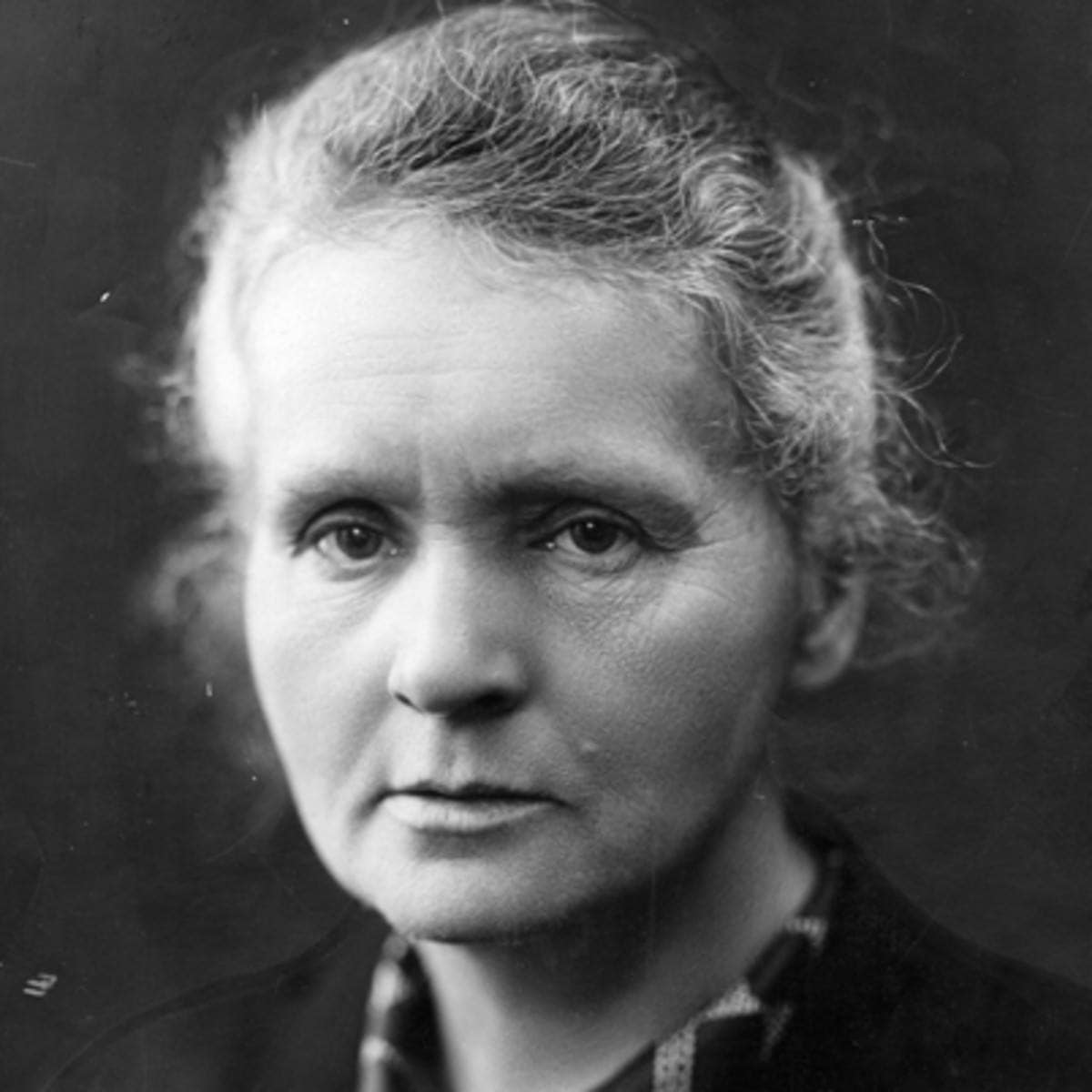
Source: biography.com
William Herschel
Was a German-born British astronomer, composer and brother of fellow astronomer Caroline Herschel, with whom he worked. As an astronomer, he created his first telescope in 1774.
He spent nine years carrying out sky surveys to investigate double stars. Herschel published catalogues of nebulae in 1802 (2,500 objects) and in 1820 (5,000 objects).He discovered the planet Uranus, which previous astrologers thought was a star.
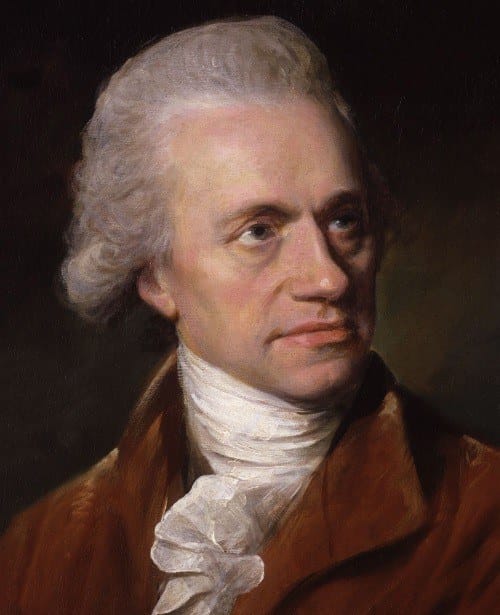
Source: creation.com
Caroline Herschel
Was the first woman to discover a comet, and she discovered eight in total. She was the first to have her work published by the Royal Society and the first British woman to get paid for her scientific work.
After her husband William’s death in 1822, Caroline continued her astronomical work, compiling a catalogue of nebulae. She received a gold medal from the Royal Astronomical Society, a rarity for women.
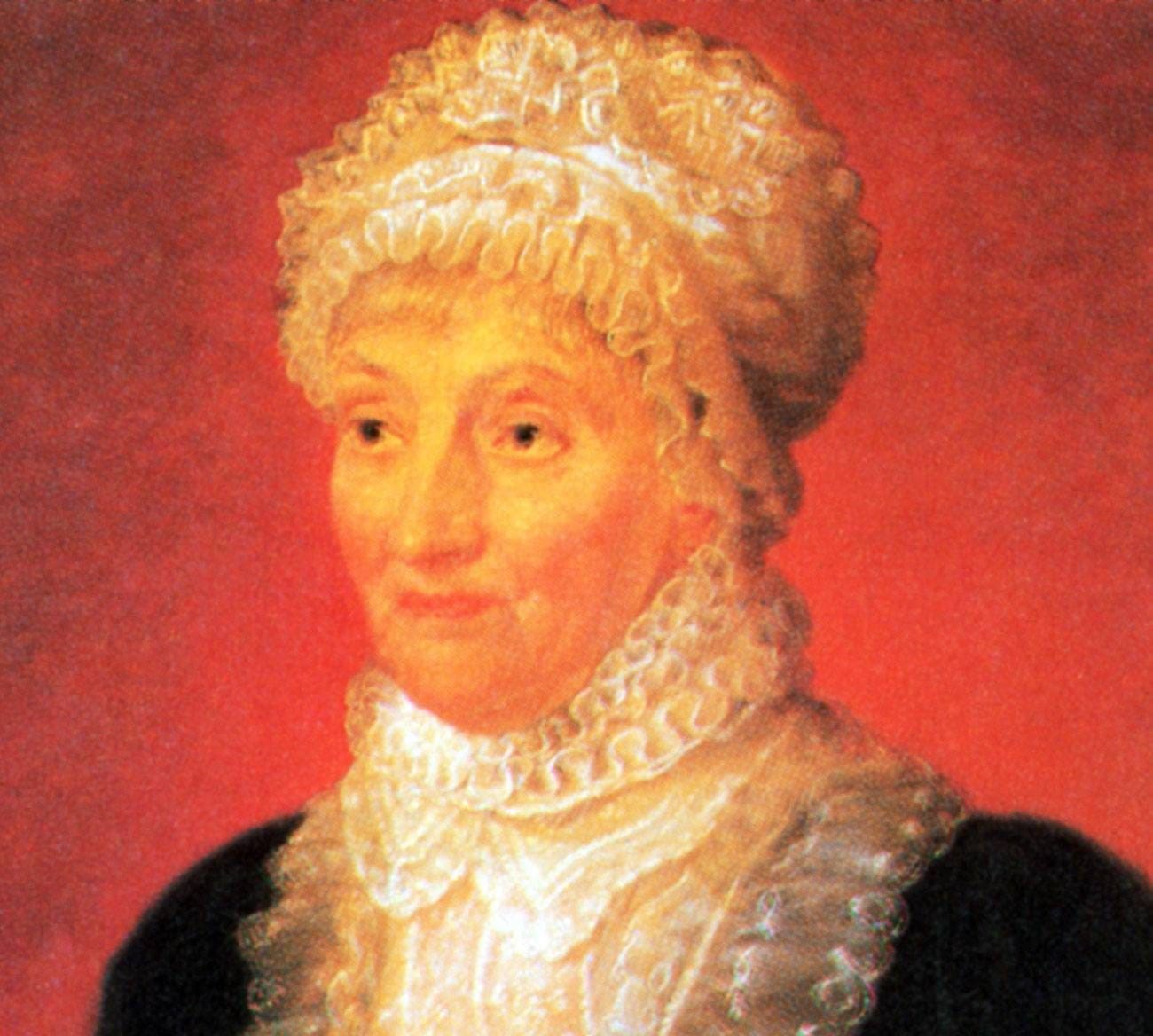
Source: britannica.com
Mary Somerville
Was a self-taught mathematician, who hosted intellectual circles that included astronomer John Herschel and the inventor Charles Babbage.
She wrote on astronomy, chemistry, physics, and mathematics and translated astronomer Pierre-Simon Laplace’s The Mechanism of the Heavens into English. Somerville was named an honorary member of the Royal Astronomical Society.
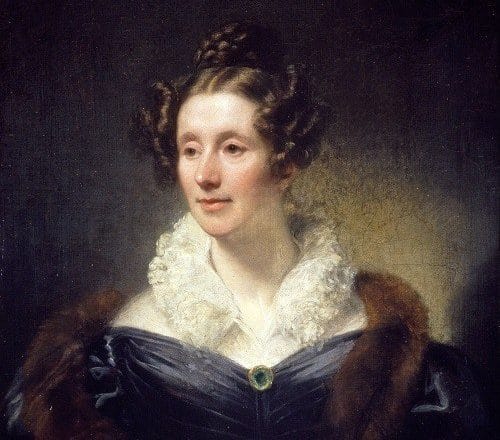
Source: en.wikipedia.org
Charles Lyell
Was a Scottish geologist who demonstrated the power of known natural causes in explaining Earth's history. He is best known as the author of Principles of Geology, which brought forth the idea that Earth was shaped by the same natural processes that are still in operation today, operating at similar intensities. He also offered one of the first viable explanations for earthquakes and volcanic eruptions.
He also helped his friend Charles Darwin with many of Darwin's theories of evolution and helped to publicize the theory of natural selection.

Source: en.wikipedia.org
Mary Anning
Was a fossil hunter, finding skeletons of ichthyosaurs, plesiosaurs, a pterodactyl and hundreds of other fossils from the Jurassic period.
She taught herself anatomy, geology, paleontology, and scientific illustration. Scientists of the time traveled from as far away as New York City to Lyme Regis to consult and hunt for fossils with Anning.
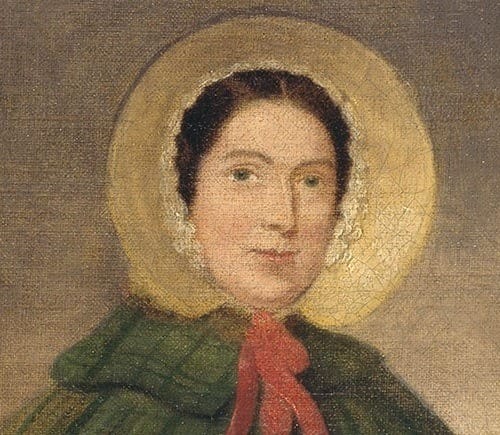
Source: nhm.ac.uk
Pierre Simon de Laplace
Was widely influential in the disciplines of astronomy, math, physics, and statistics.
He was the first mathematician to translate classical mechanics into the language of calculus, and he developed the Bayesian interpretation of probability as well. He was also one of the first people to predict the existence of black holes and the concept of gravitational collapse.
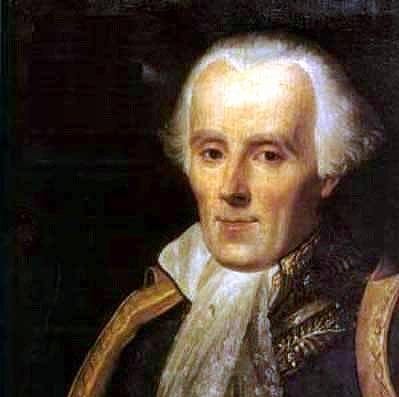
Source: en.wikiquote.org
Maria Mitchell
Was an American astronomer, who began charting stars early in her life. In 1847, she rocketed to the forefront of American astronomy when she spotted a comet, which as a result became known as "Miss Mitchell's Comet". She won a gold medal prize for her discovery, which was presented to her by King Christian VIII of Denmark.
She became the first woman to be elected to the American Academy of Arts and Sciences. Mitchell became the first female astronomy professor in the United States.

Source: hackaday.com
Edwin Hubble
Is an American astronomer. He played a critical role in establishing the fields of extragalactic astronomy and observational cosmology and is regarded as one of the most important astronomers of all time.
He is the namesake of the Hubble Space Telescope. His accomplishments include the establishment of the fields of observational cosmology and extragalactic astronomy: Hubble's Law, the finding that the speed a galaxy moves away from the Milky Way increases with its distance from it, proves the expansion of the universe.
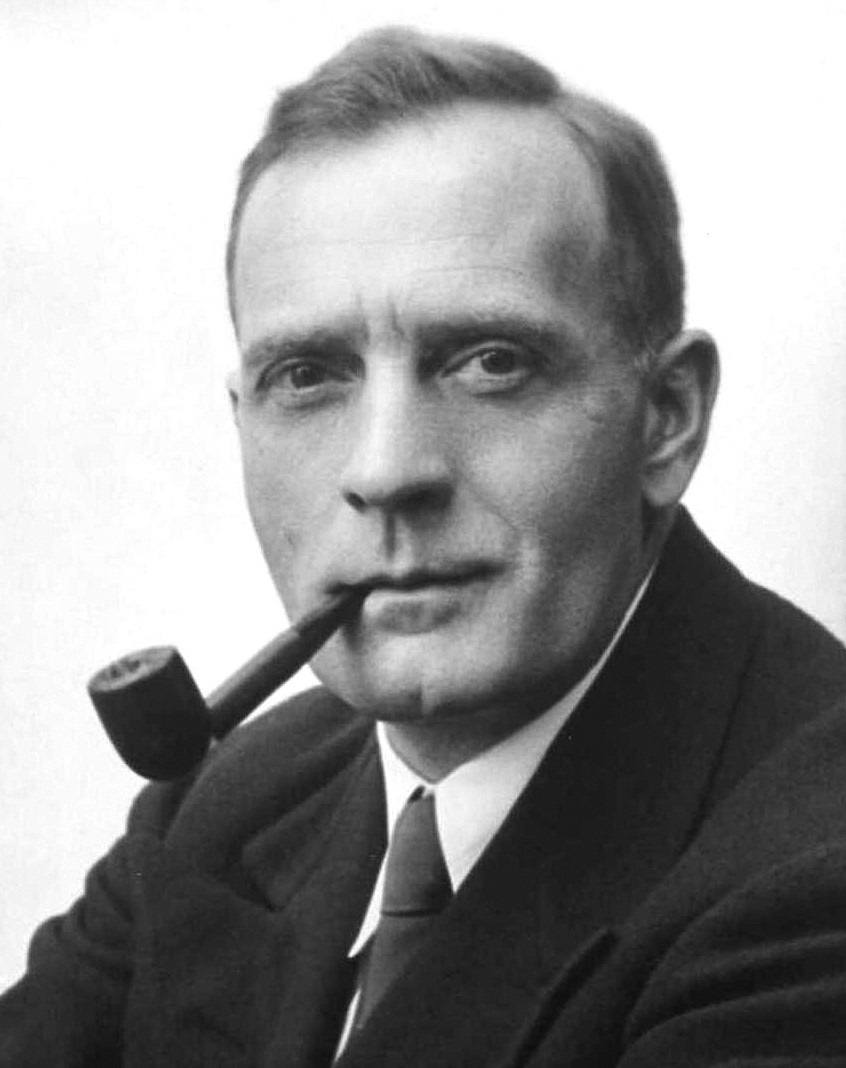
Source: en.wikipedia.org
Joseph J. Thomson
Is known as the Father of the Electron. He was the first scientist to discover any subatomic particle, and he was also able to determine its negative charge. He is credited with the discovery of isotopes of non-radioactive elements. His work done in conjunction with Francis William Aston helped to create the mass spectrograph. Thomson was the recipient of the Nobel Prize in Physics for the year 1906 because of his successful work on electricity in gases.
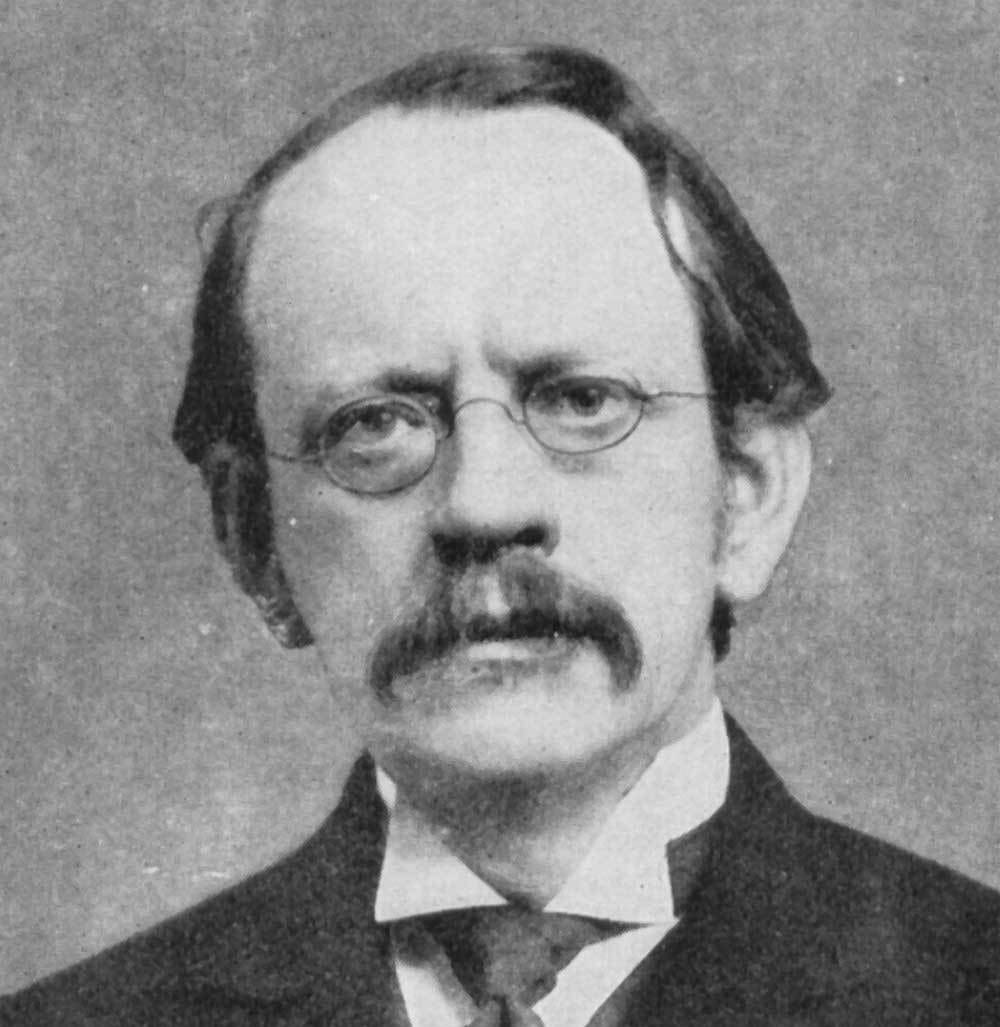
Source: en.wikipedia.org
Sau Lan Wu
Is a particle physicist who began her career by discovering charm quarks and gluons. She was one of the founders of the Higgs boson particle. Wu’s name appears on more than 1,000 papers in high-energy physics, more than nearly every other physicist in history. She is still involved with theoretical physics, shuttling between the US and CERN on almost a weekly basis to lend her expertise.
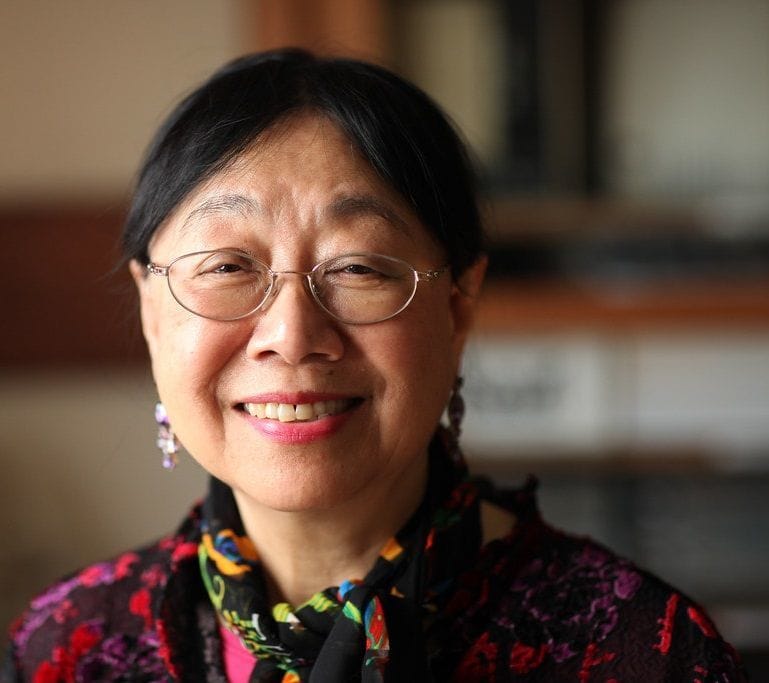
Source: flickr.com
Max Born
Was a German-Jewish physicist and mathematician who was the key figure in the development of quantum mechanics. He contributions also include solid-state physics and optics.
He won the 1954 Nobel Prize in Physics for "fundamental research in quantum mechanics, especially in the statistical interpretation of the wave function. He was considered an expert in optics and solid-state physics and created the modern standard for the probability density function in the Schrodinger equation.
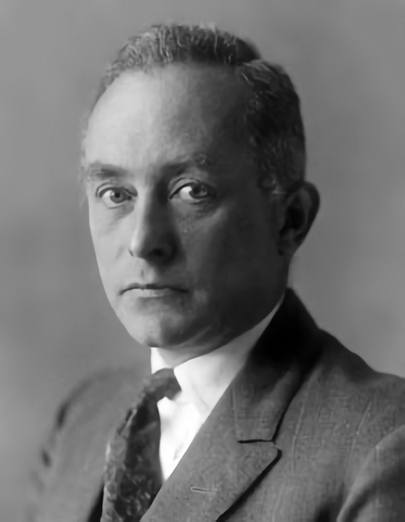
Source: en.wikipedia.org
Rachel Carson
Is synonymous with environmental awareness. In the 1960s, her book, “Silent Spring,” warned of the dangers of pesticides and chemicals to humans, plants, and animals.
She became the political and social voice for the environment and applying science for the good of people rather than exploring for the sake of moving ahead.
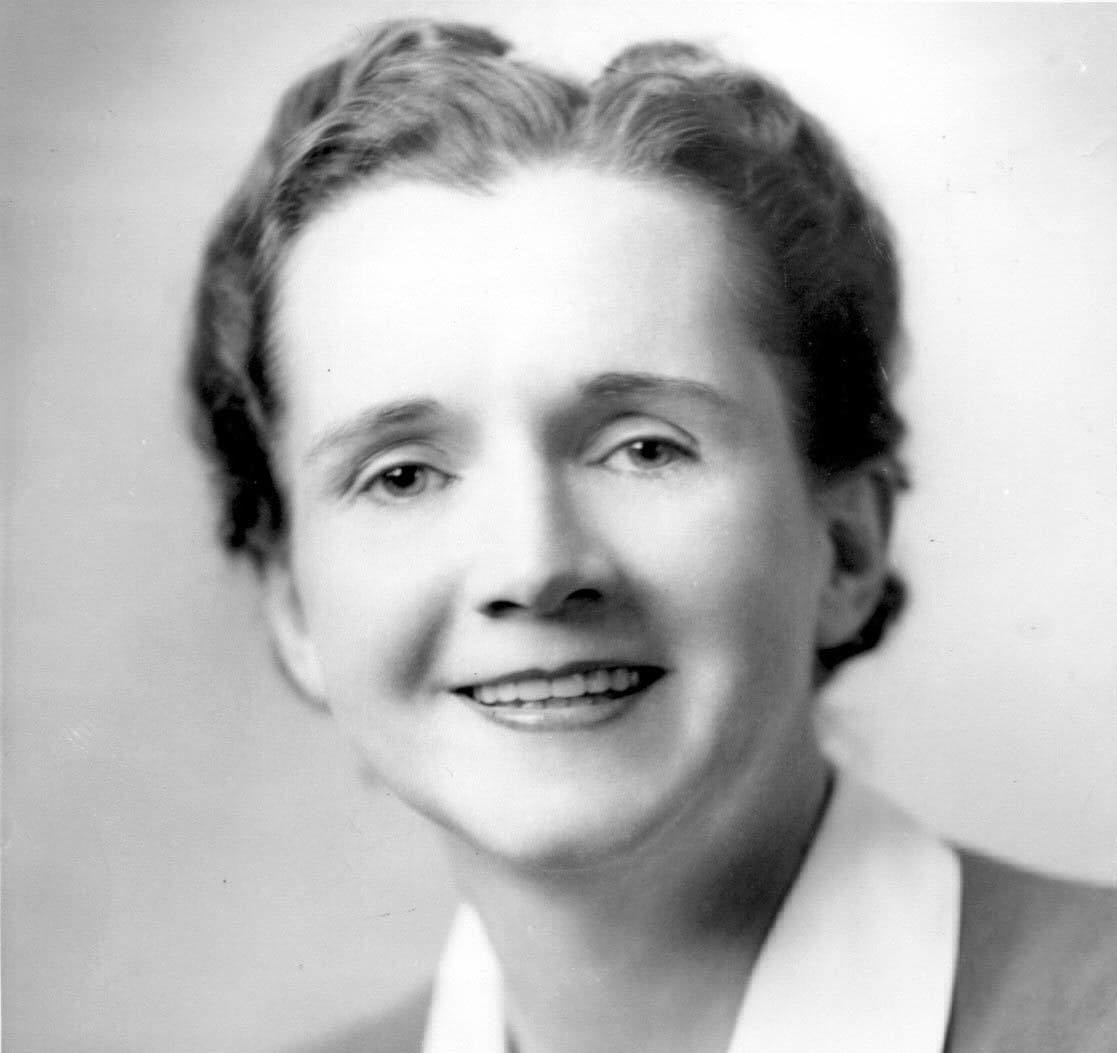
Source: en.wikipedia.org
Enrico Fermi
Is the creator of the first nuclear reactor, known as the Chicago Pile-1.
He was considered an essential contributor to statistical mechanics, nuclear physics, particle physics, and quantum theory. He created Fermi-Dirac statistics, which led to the notation of particles that are known as "fermions." He was awarded the Nobel Prize for his work with neutrons.
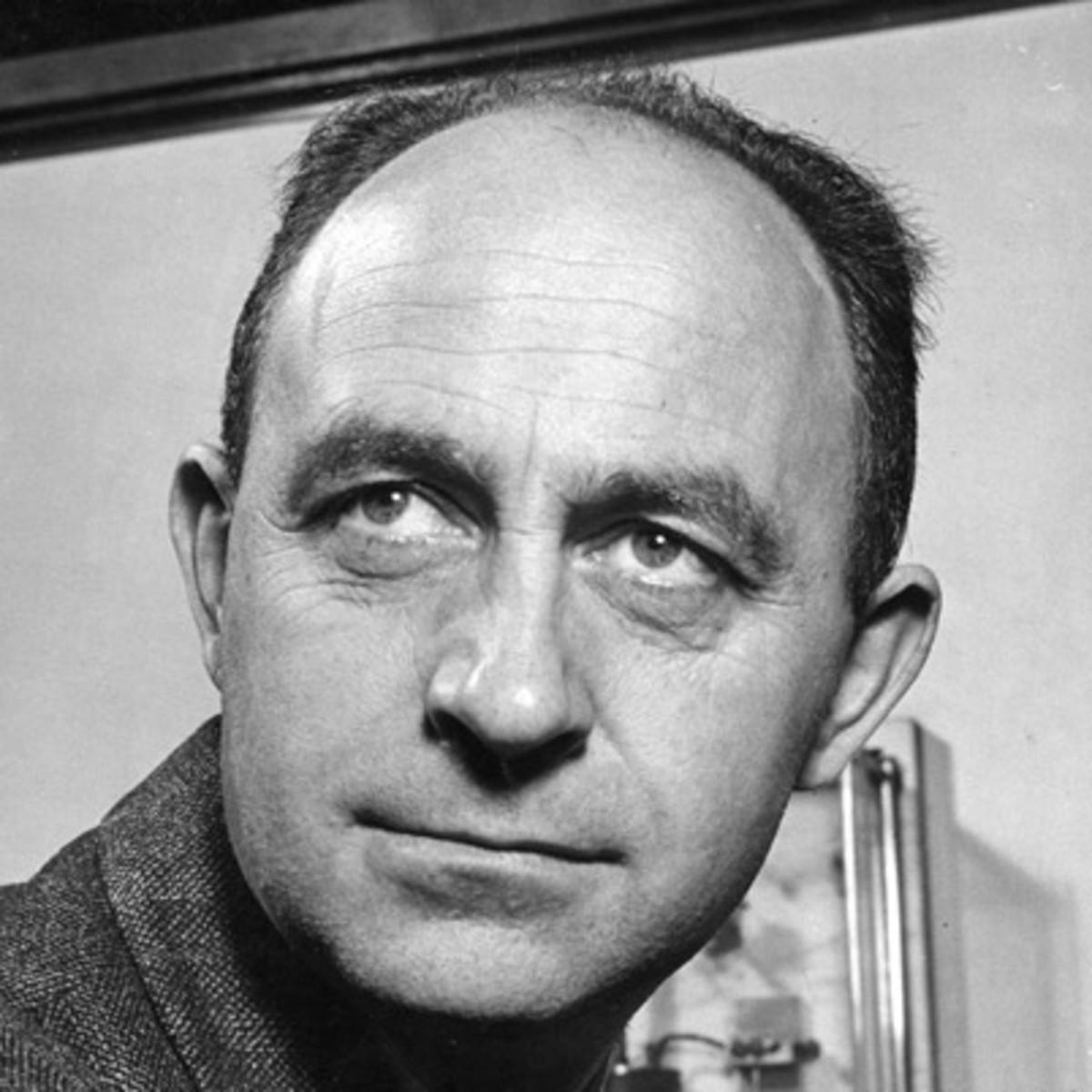
Source: biography.com
Lise Meitner
Excelled in math and physics and earned her doctorate in 1906. She collaborated with Otto Hahn on the study of radioactive elements, but as an Austrian Jewish woman, she was excluded from the labs and allowed to work only in the basement.
She calculated the energy released in the phenomenon of “nuclear fission.” Her discovery won Hahn the Nobel Prize in 1944.
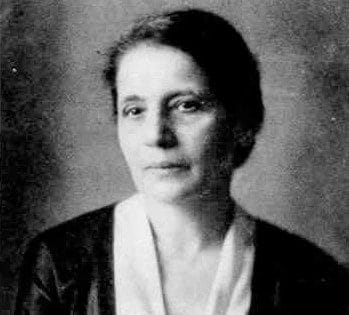
Source: wired.com
Justus Liebig
Was a German scientist who made major contributions to agricultural and biological chemistry, and was the founder of organic chemistry. He was considered the "father of fertilizer" for his research into trace minerals and nitrogen as nutrients for plants. He was also the creator of the "law of the minimum," the notion that plants grow based on the scarcest resource rather than the total amount of nutrients. Liebig was one of the first chemists to organize a laboratory in its present form, engaging with students in empirical research on a large scale through a combination of research and teaching.
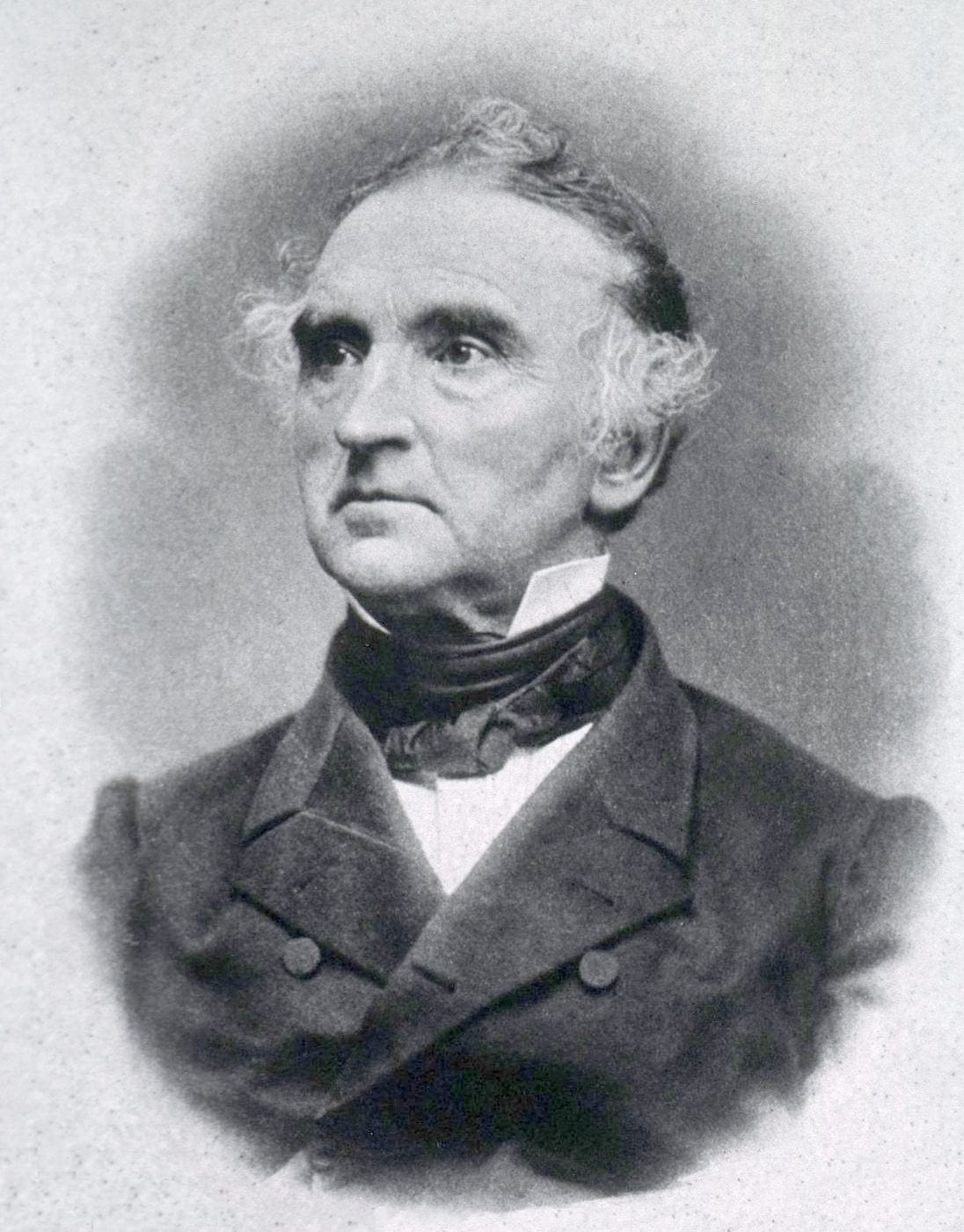
Source: en.wikipedia.org
Cecilia Payne-Gaposchkin
Proposed that all stars are made mostly of hydrogen and helium in her Ph.D. thesis.
Her advisor dissuader her from publishing her work until he reached the same finding, publishing the theory under his own name. Although he cited Payne-Gaposchkin, she receives little credit. She was the first woman to become a professor of science at Harvard and prolifically wrote research articles and books.
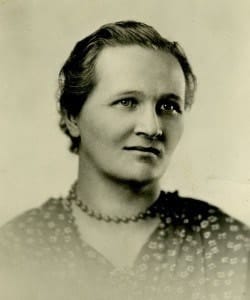
Source: aauw.org
Sir Arthur Eddington
was an English astronomer, physicist, and mathematician. He was also a philosopher of science and a popularizer of science. He is the namesake of the Eddington limit, which is a name for the natural limit to star luminosity. He was the first to understand that the source of a star's energy was the process of fusion from hydrogen into helium. He also helped popularize science during the early 20th century, with his most noted work being his explanation of Einstein's relativity theory.

Source: en.wikipedia.org
Beatrice "Tilly" Shilling
Was a British aeronautical engineer and amateur racing driver. During the Second World War, she designed and developed "Miss Shilling's orifice" a small metal ring that fit onto the fuel line that kept the flow of fuel constant into to the carburetor of the Rolls-Royce Merlin engines in the Hawker Hurricane and Supermarine Spitfire fighters. Previously the pilots had experienced a loss of power or even complete engine cut-out during combat maneuvers, posing a potentially lethal disadvantage in the Battle of Britain. Her contributions helped the British planes outmaneuver the German’s in WWII.
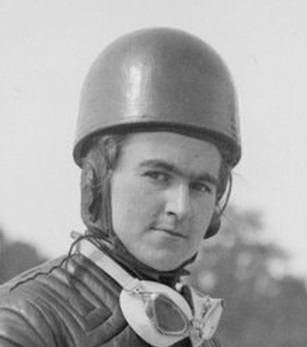
Source: inventricity.com
Chien-Shiung Wu
And her colleagues discovered that nature does distinguish between right and left on the subatomic level when involving the weak forces.
The Nobel Prize was awarded to her two male colleagues. She was also the founder of the process to purify uranium during the Manhattan Project.
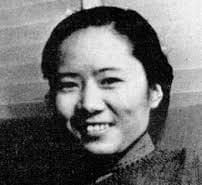
Source: carnegiestemgirls.org
Marcello Malpighi
Was a physician and biologist and "the father of histology, embryology, physiology, and microscopic anatomy."
Many parts of the excretory system are named after him, including Malpighian pyramids of the kidneys, Malpighian corpuscles, and the Malpighian tubule system in insects. He also discovered that invertebrates use small holes in their skin to breathe instead of lungs.
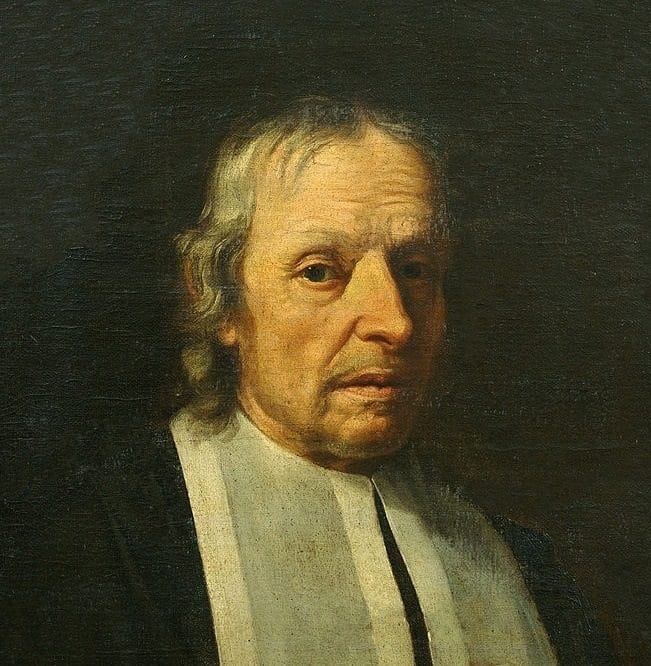
Source: en.wikipedia.org
Christiaan Huygens
Is considered one of the greatest scientists of all time. In physics, He made groundbreaking contributions in optics and mechanics. As an Astronomer he is known for his studies of the rings of Saturn and the discovery of its moon Titan. As an inventor, he improved the design of the telescope with the invention of the Huygenian eyepiece. His most famous invention, was the pendulum clock in 1656, which was a breakthrough in timekeeping. It became the most accurate timekeeper for almost 300 years.
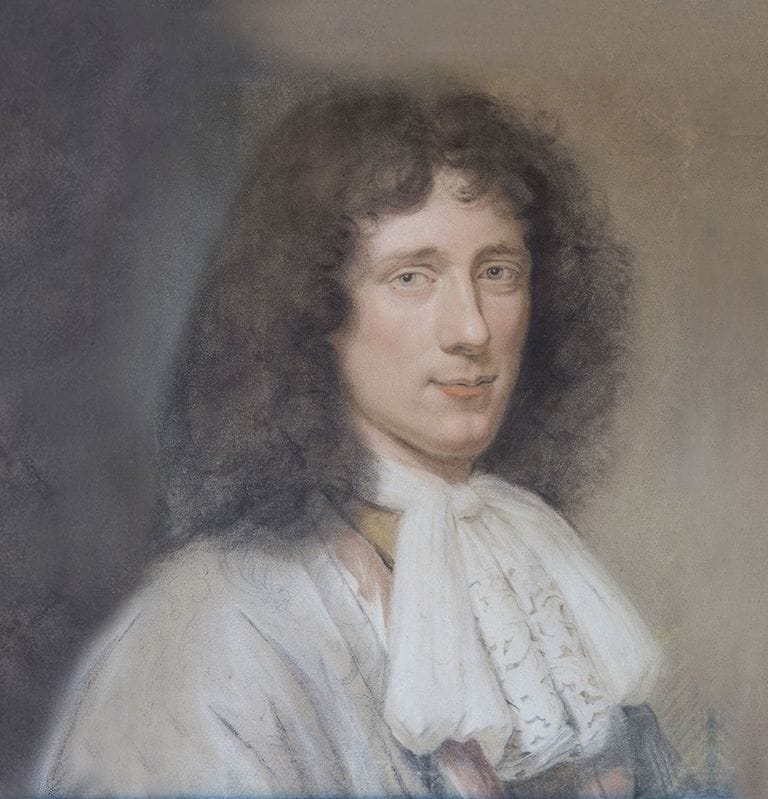
Source: thoughtco.com
Jocelyn Bell Burnell
Became the first astronomer to detect pulsars. However, she was deemed too inexperienced to receive the Nobel Prize, which was given instead in 1974 to her thesis adviser.
She went on to serve as president of the Royal Astronomical Society and as president of the Institute of Physics. She earned over 20 awards and honors in the field of physics and astronomy.
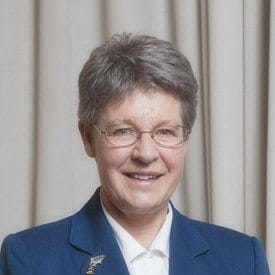
Source: royalsociety.org
Carl Gauss
was a German mathematician and physicist who made significant contributions to many fields in mathematics and sciences. He is referred to as "the foremost of mathematicians" and "the greatest mathematician since antiquity."
He was known as one of the most influential mathematicians in history for his work in modular arithmetic, proving the law of quadratic reciprocity and discovering the prime number theorem.

Source: inverse.com
Barbara McClintock
Pioneered the study of genetics of maize (corn) cells. She determined genes could move within and between chromosomes. The finding didn’t fit in with conventional thinking on genetics; it took until the early 1980s to confirm her theory of “jumping genes.” McClintock was awarded a Lasker Prize in 1981 and Nobel Prize in 1983.
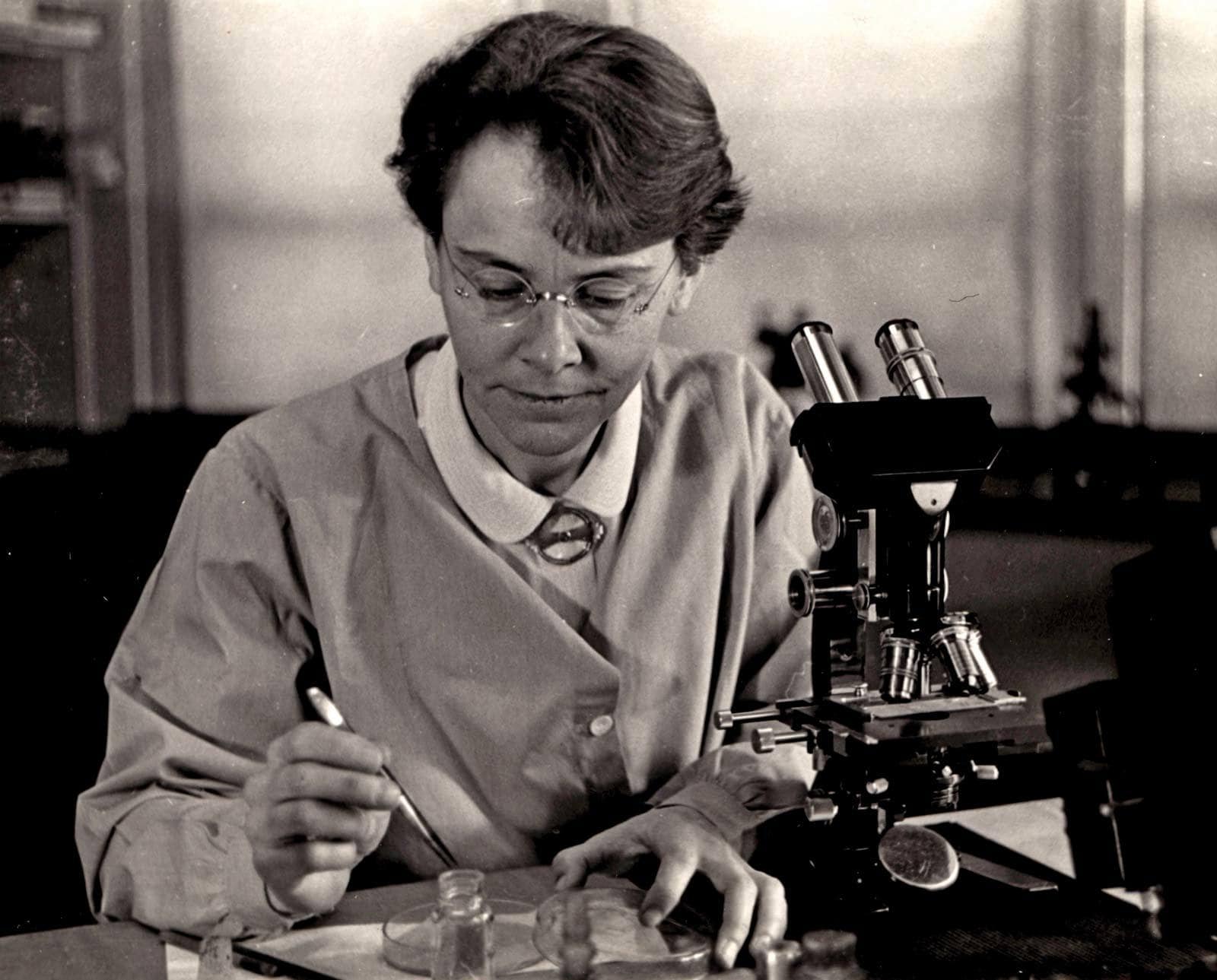
Source: britannica.com
August Kekule
Was a German organic chemist. He was one of the most prominent chemists in Europe, especially in theoretical chemistry where he was the principal founder of the theory of chemical structure.
Discovered the valences of atoms within molecules, debunking many of the unproven ideas about molecular structure that was around during his time.
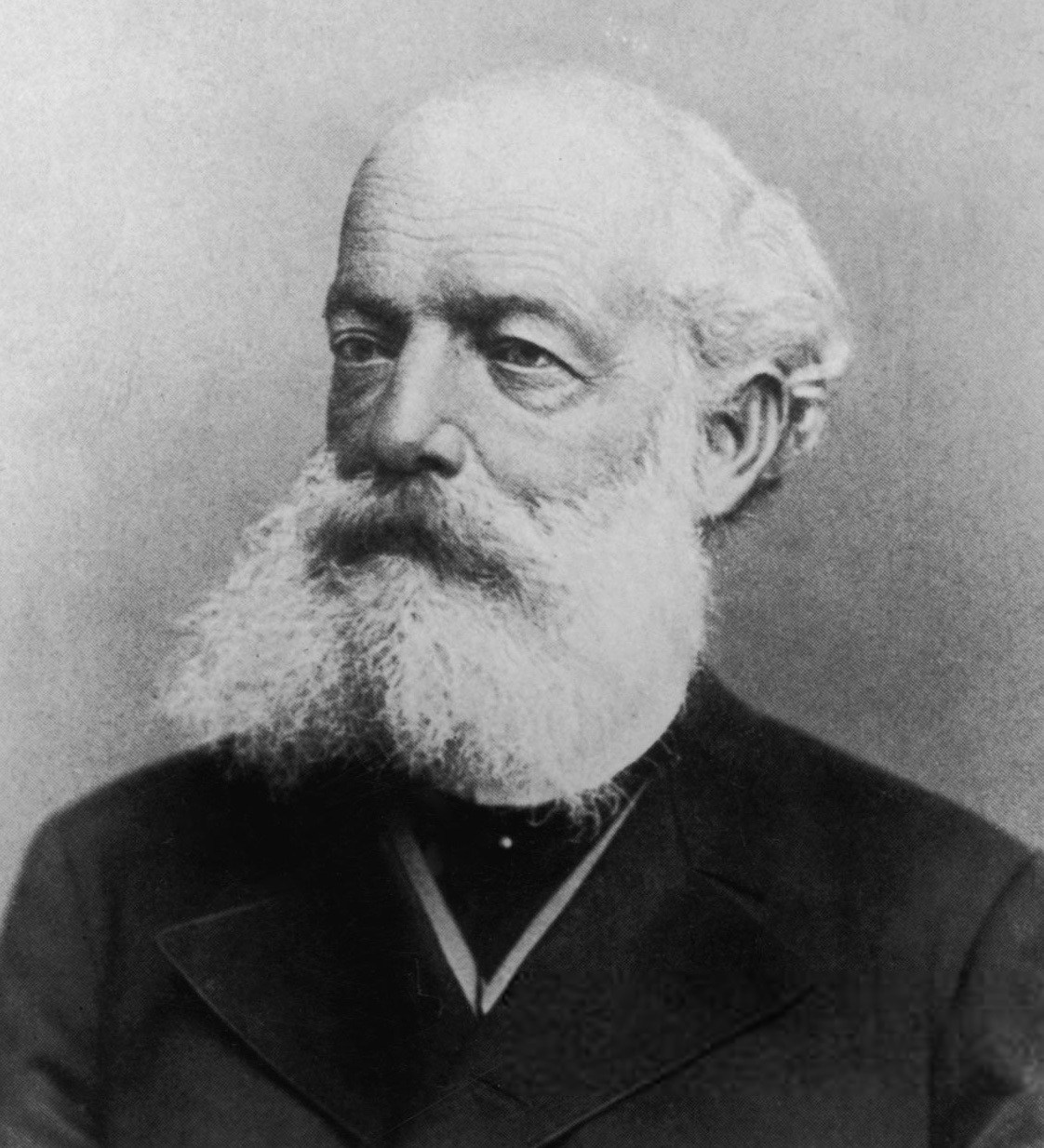
Source: en.wikipedia.org
Mary-Claire King
Showed that chimpanzees and humans are 99% genetically identical and proved breast cancer can be inherited.
She used polymerase chain reactions and genetic sequencing to reunite kidnapped Argentinean children with their families and identified the remains of American MIAs in Bosnia. She is the Professor of Medicine and Genetics at the University of Washington School of Medicine.
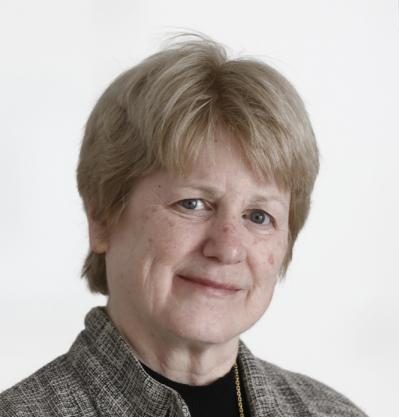
Source: en.wikipedia.org
Robert Koch
Was a German physician and microbiologist. He was one of the main founders of modern bacteriology.
In his work he identified the causes of tuberculosis, cholera, and anthrax. He gave experimental support for the concept of infectious disease, which included experiments on humans and other animals. Koch created and improved laboratory technologies and techniques in the field of microbiology, and made key discoveries in public health. His research won him the Nobel Prize in Physiology or Medicine in 1905.
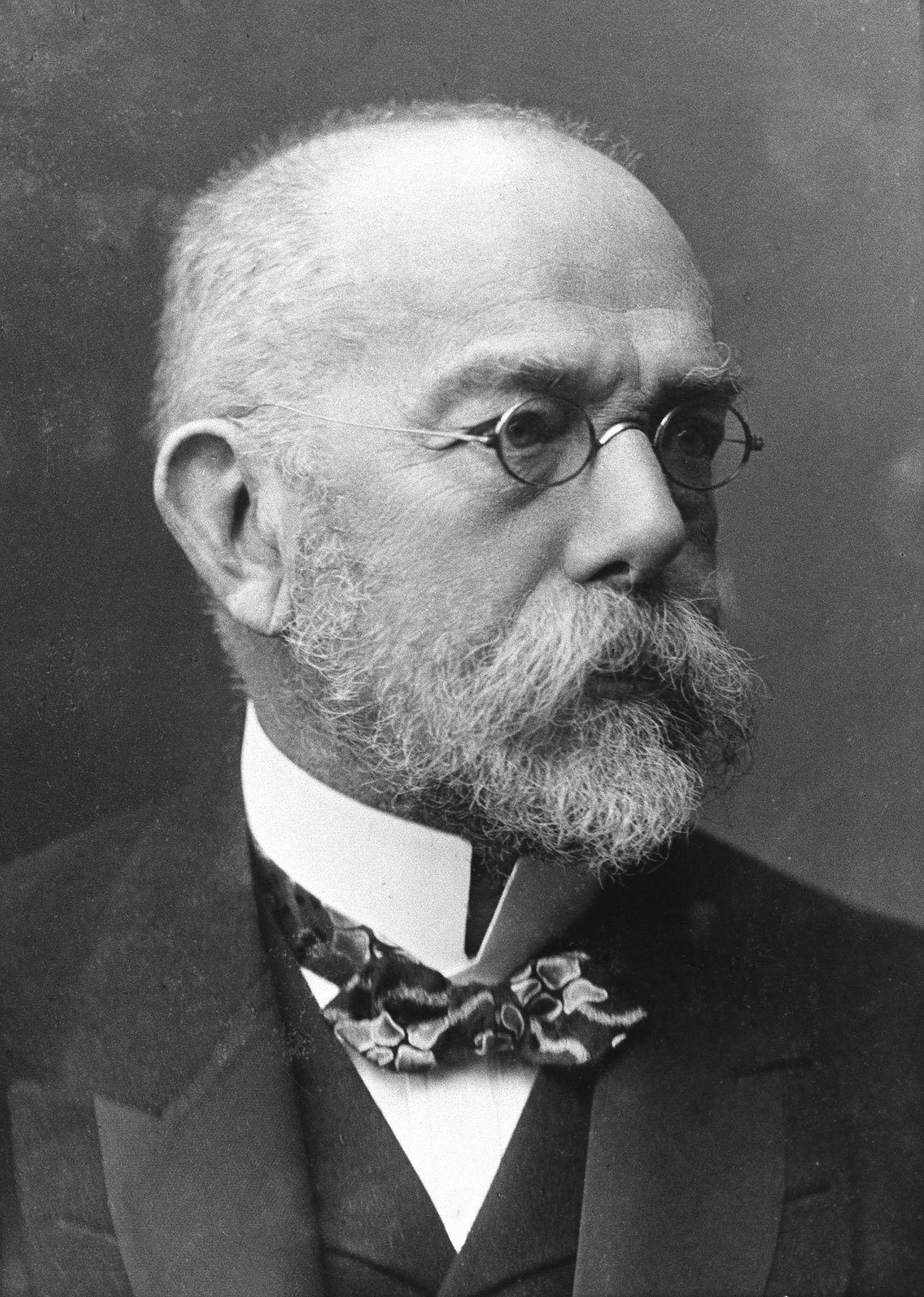
Source: britannica.com
Emil Fischer
Won the 1902 Nobel Prize in Chemistry for his discovery of the Fischer esterification concept.
He has many ideas and chemical reactions named after him, including Fischer glycosidation, Fischer reduction, Fischer projection, Fischer indole synthesis, Fischer oxazole synthesis, Fischer peptide synthesis, Fischer phenylhydrazine, and oxazoline reaction, and Fischer-Speier esterification.
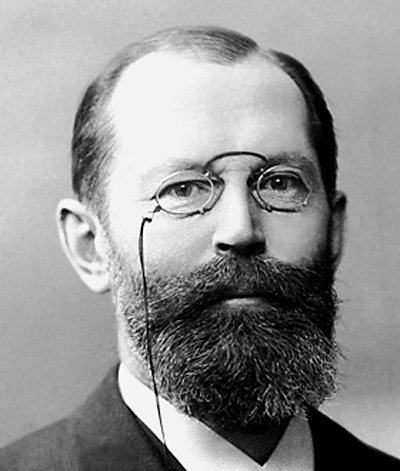
Source: en.wikipedia.org
Dmitri Mendeleev
Is the inventor of the Periodic Law and the modern periodic table of elements.
His new structure allowed him to predict the properties of elements that had not yet been discovered and correct some misconceptions about elements that had been discovered previously.
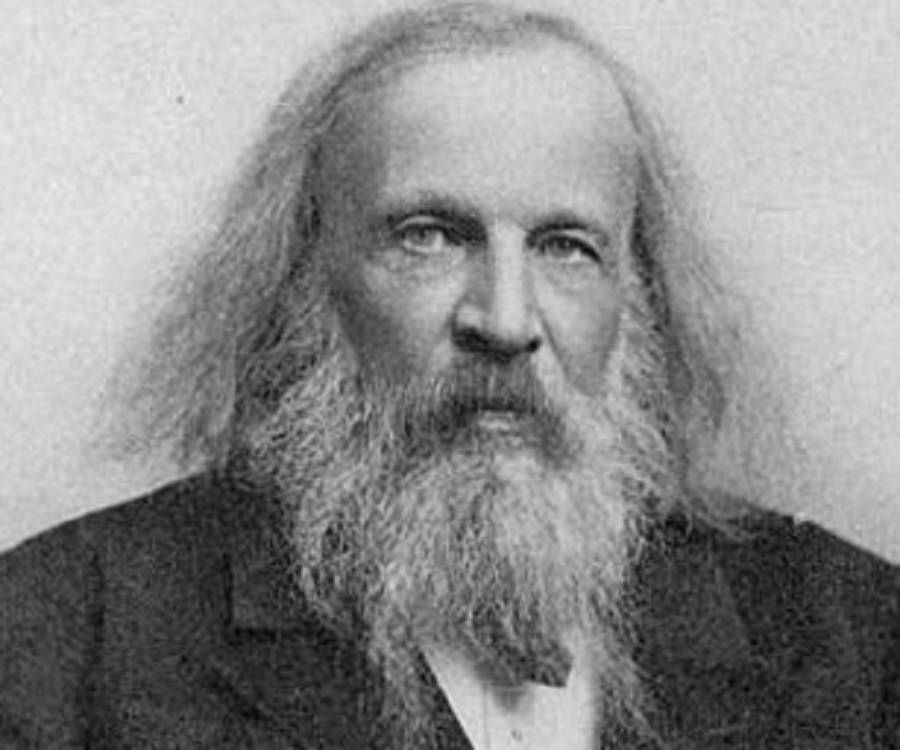
Source: thefamouspeople.com
Sheldon Glashow
Is the recipient of the Nobel Prize in Physics for 1979 along with Steven Weinberg and Abdus Salam for a discovery of an accepted electroweak interaction theory.
He was the first to predict the charm quark, which moved the discipline of quantum theory forward over quite a few hurdles, which was later proved by Sau Lan Wu.
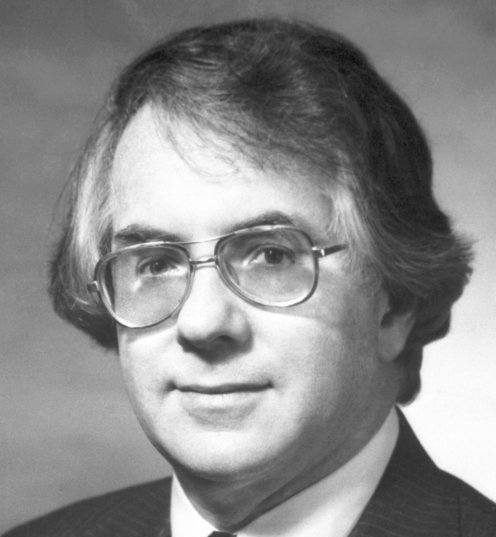
Source: nobelprize.org
Francis Crick and James Watson
Are credited with discovering the structure of the DNA molecules. They were awarded the Nobel Prize in Physiology or Medicine for 1962. They coined the term "central dogma" to describe the way that information gets transferred from RNA and DNA to the proteins in the body.
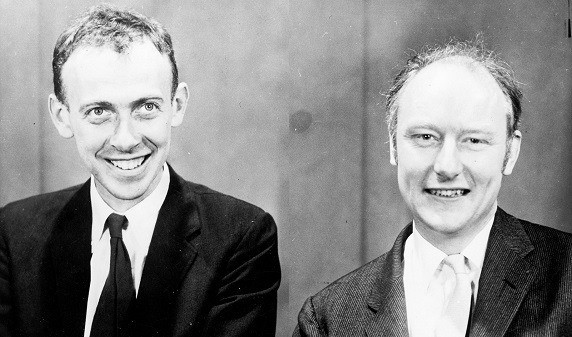
Source: history.com
Rosalind Franklin
Was the founder of the structure of DNA. She used the techniques for X-ray crystallography to make images of the DNA.
Maurice Wilkins, another researcher studying DNA, showed one of Franklin’s X-ray images to James Watson, and with Francis Crick, they published the finding in the journal Nature. Watson, Crick, and Wilkins won a Nobel Prize in 1962.
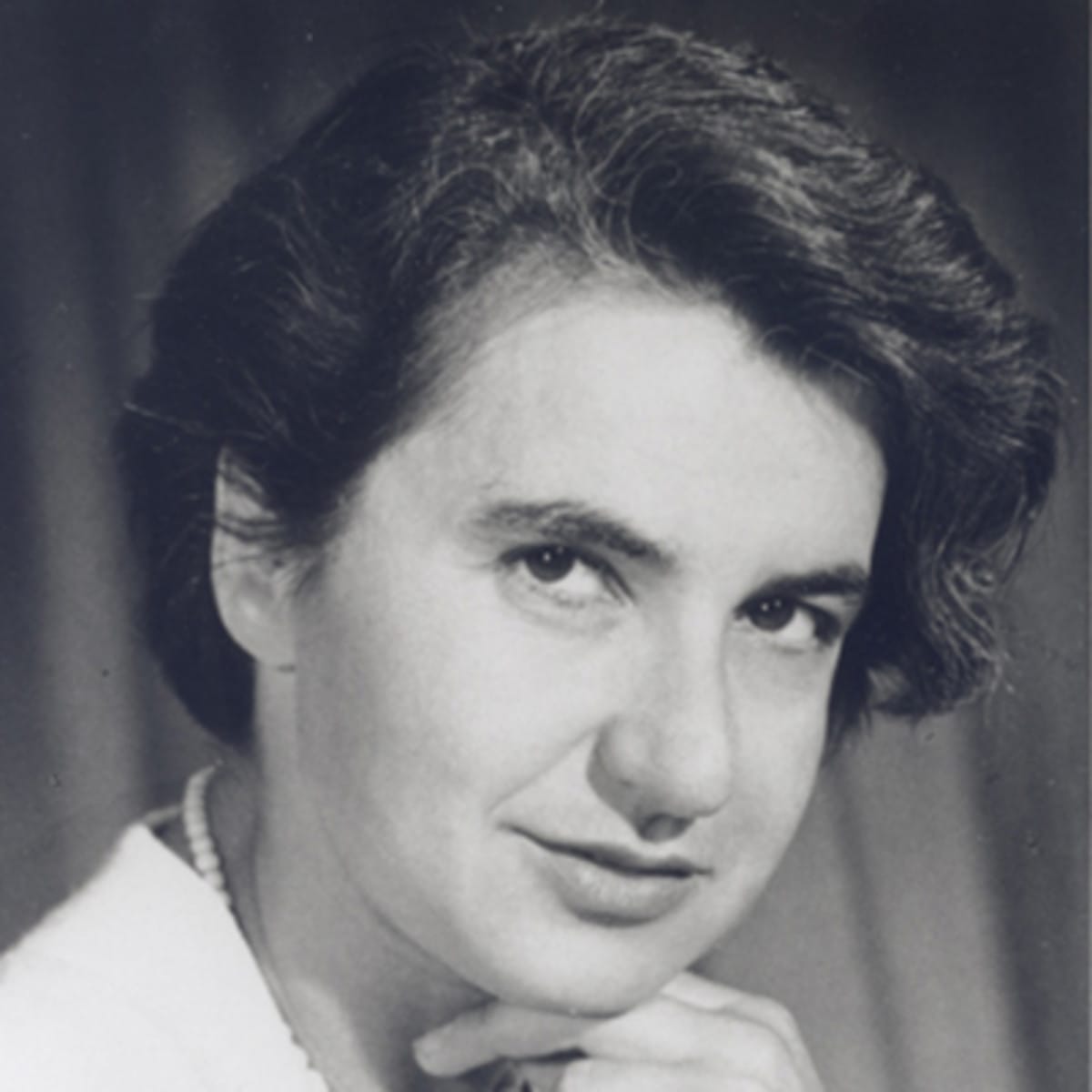
Source: biography.com
Dorothy Crowfoot Hodgkin
Was a British chemist that studied X-ray crystallography, influencing Rosalind Franklin and others.
She determined the structures of penicillin, vitamin B12, and insulin; developing protein crystallography, for which she won the Nobel Prize in Chemistry in 1964.
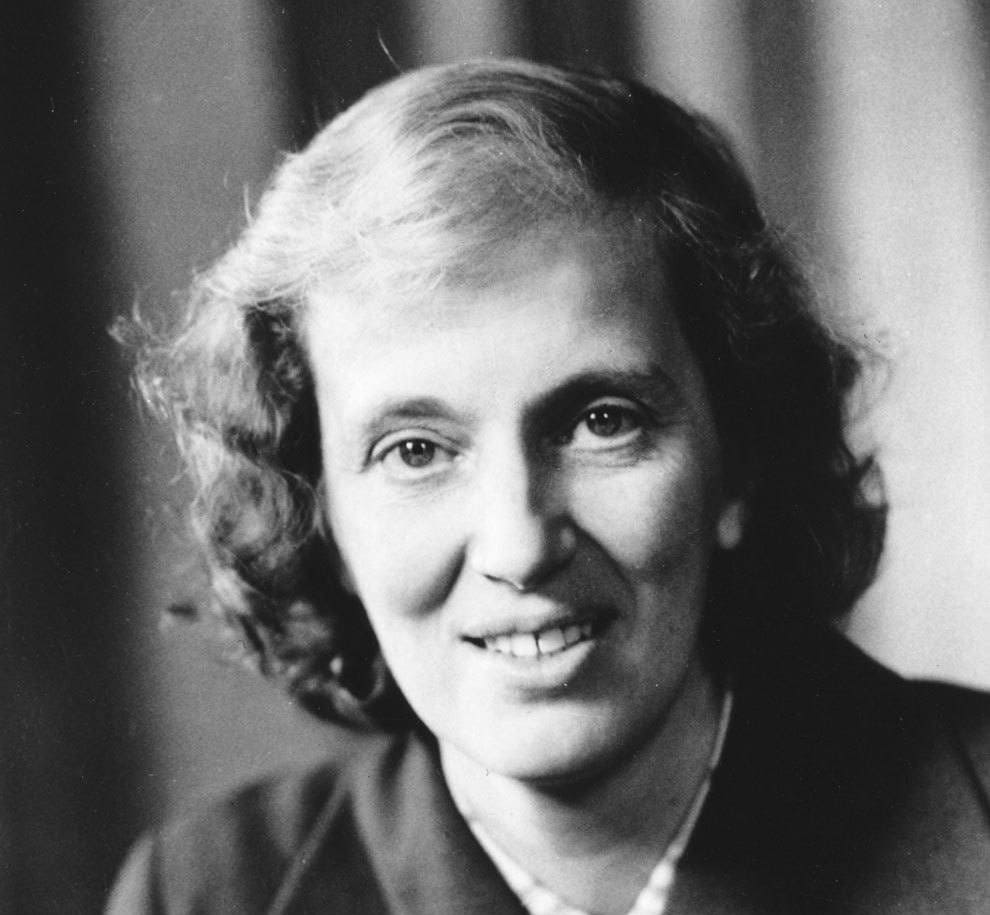
Source: britannica.com
John Bardeen
Was an American physicist and electrical engineer.
He is the only person to be awarded the Nobel Prize in Physics twice: first in 1956 with William Shockley and Walter Brattain for the invention of the transistor; and again in 1972 with Leon N Cooper and John Robert Schrieffer for a fundamental theory of conventional superconductivity known as the BCS theory. His work in superconductivity is used today in magnetic resonance imaging and nuclear magnetic resonance.
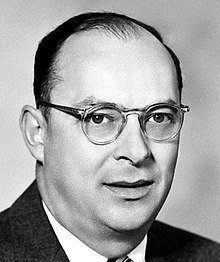
Source: en.wikipedia.org
Richard Feynman
Is best known for the path integral formulation concept in quantum mechanics. He is known for pushing the theory of quantum electrodynamics and the proposition of the parton model in particle physics. He won the Nobel Prize for Physics in 1965 for his work in quantum electrodynamics.
He also helped to develop the atomic bomb during World War II and eventually became a pioneer in quantum computing, eventually introducing the world to nanotechnology.
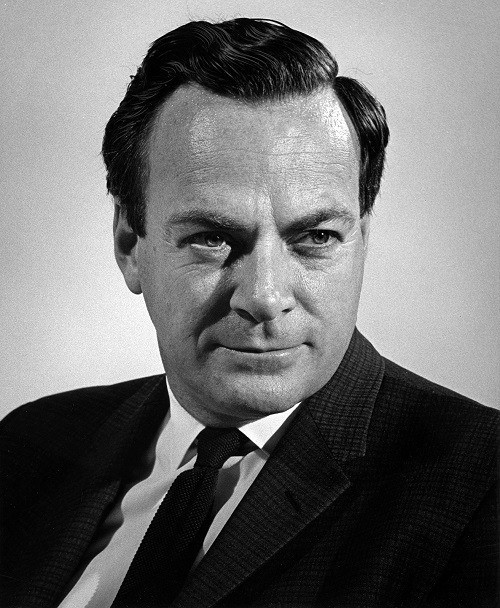
Source: britannica.com

